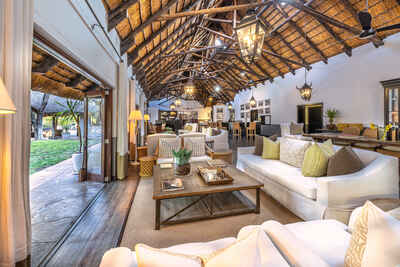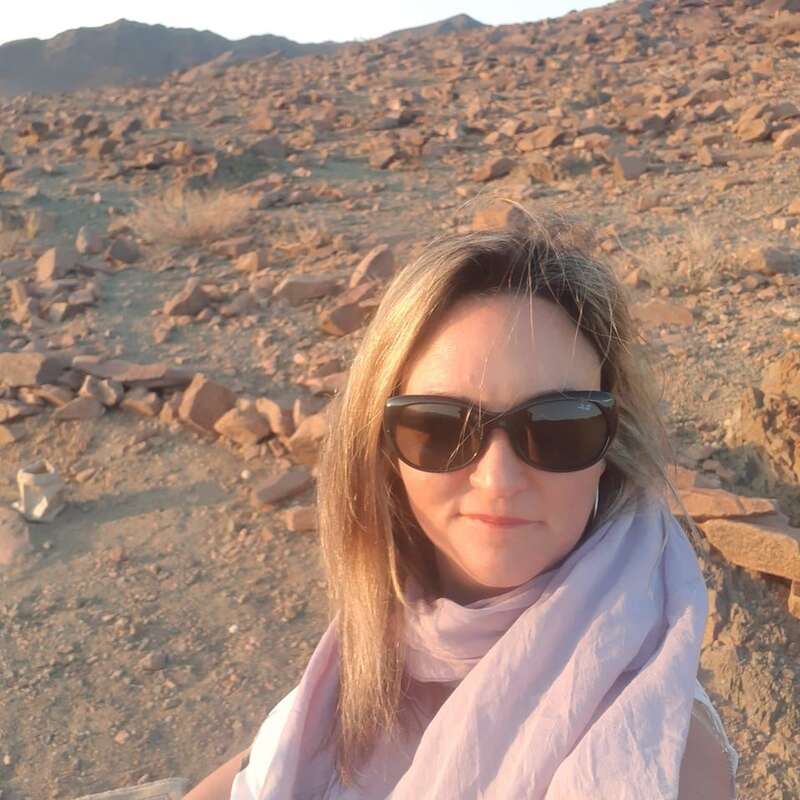About Mushara Lodge
Blending traditional style with a light and airy décor, Mushara Lodge feels both warm and welcoming.
Against Namibia's often-parched landscape, the splash of a fountain at the lodge's entrance sets a refreshing tone. It's one that continues with white-washed walls under a high thatched roof, and a sparkling blue swimming pool encircled by sunlounges.
Crisp, white linen draped with mosquito netting adorn beds in the smartly furnished bedrooms, whose stone floors and smart furnishings are offset by soft lighting and comfortable cane chairs. Cool grey curtains and blinds frame glazed windows; their light reflected in attractive mirrors.
At the heart of the lodge, draw up a high stool for a drink at the long bar, or relax into one of the white-upholstered sofas and armchairs: some facing a substantial log fire; others in front of huge bifold doors opening onto a stone terrace.
Delicious meals are served in the restaurant or less formally on the terrace, with fine wines on request; a well-stocked curio shop offers a touch of retail therapy, and a library indulges any browsing instincts.
Yet for all its creature comforts, Mushara – located just 8km from the gate into Etosha National Park – is all about the wildlife. Explore in your own vehicle or take advantage of a trained guide on a game drive from the lodge.
Our view
Mushara Lodge is one of our favourite properties on the eastern side of Etosha. Comfortable and welcoming, it would appeal to families and those who like comfort without being too flashy. It's also a convenient base for those on a self-drive trip who wish to explore this side of the park under their own steam or on a guided game drive from the lodge.
Accommodation
14 chalets
Children
Good for all ages
Open
All year
Activities

4WD Safari

Birdwatching

Private activities
Traveller reviews of Mushara Lodge
105 real, un-edited reviews from Expert Africa's travellers.
Arrived 4 Apr 2025, 2 nights
"Mushara Lodge review"
Overall rating: Excellent
Arrived 27 Mar 2025, 2 nights
"Etosha luxury"
Overall rating: Excellent
Arrived 22 Nov 2024, 3 nights
"Mushara Lodge review"
Overall rating: Excellent
Arrived 1 Oct 2024, 1 nights
"Mushara Lodge review"
Overall rating: Excellent
Arrived 12 Jul 2024, 2 nights
"Mushara Lodge review"
Overall rating: Excellent
Arrived 8 Jun 2024, 2 nights
"Mushara Lodge review"
Overall rating: Excellent
Arrived 9 May 2024, 2 nights
"Mushara Lodge review"
Overall rating: Excellent
Arrived 13 May 2024, 2 nights
"Mushara Lodge review"
Overall rating: Excellent
Arrived 14 Mar 2024, 1 nights
"Mushara Lodge review"
Overall rating: Good
Arrived 29 Oct 2023, 1 nights
"Mushara Lodge review"
Overall rating: Good
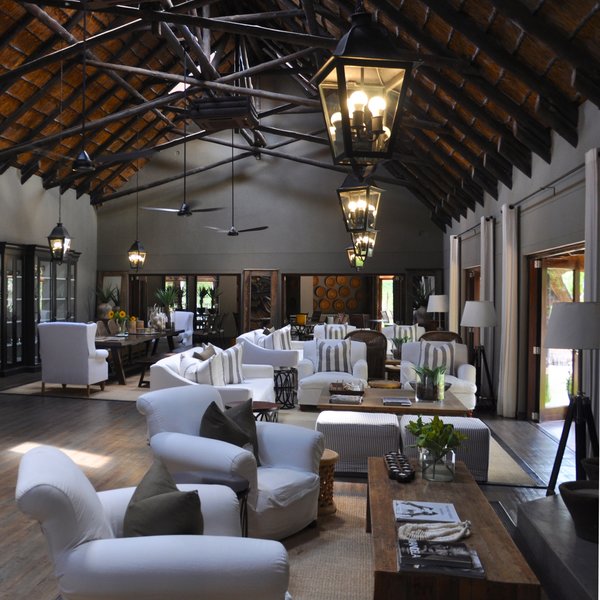

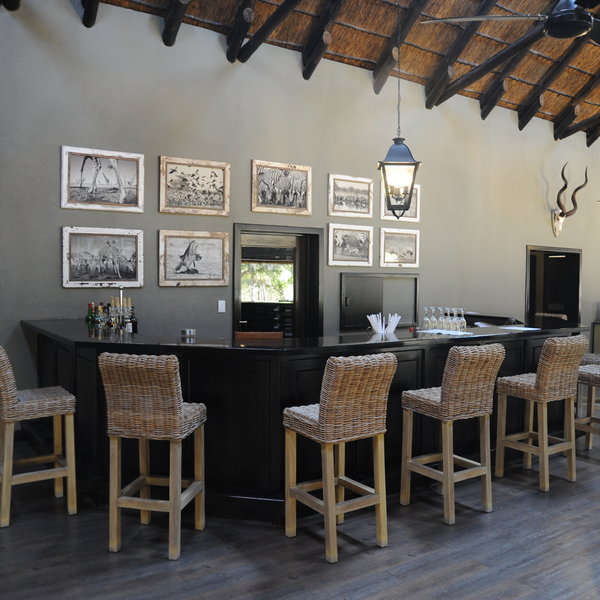
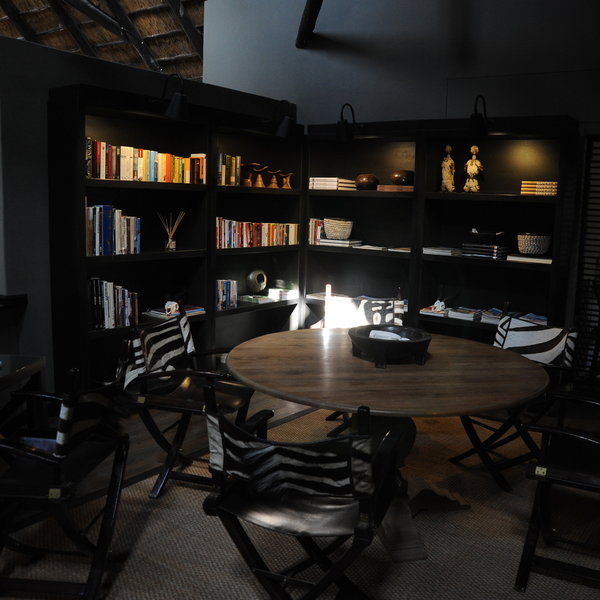
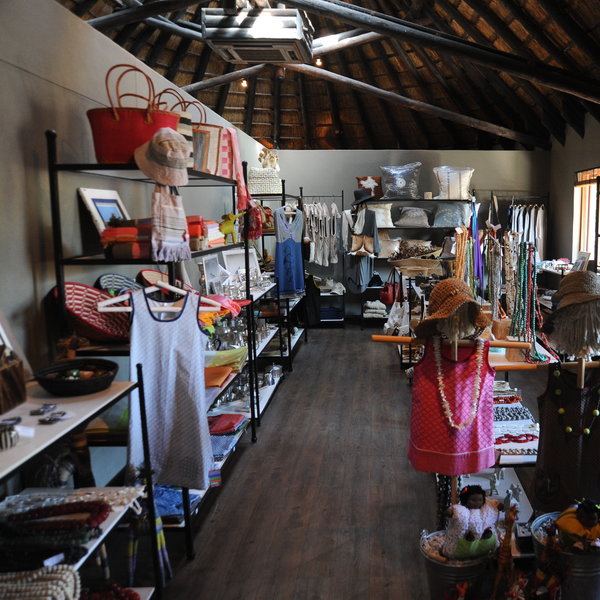

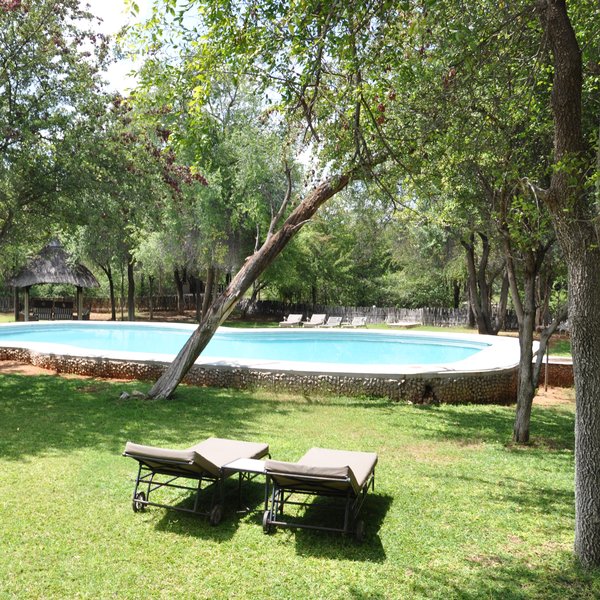
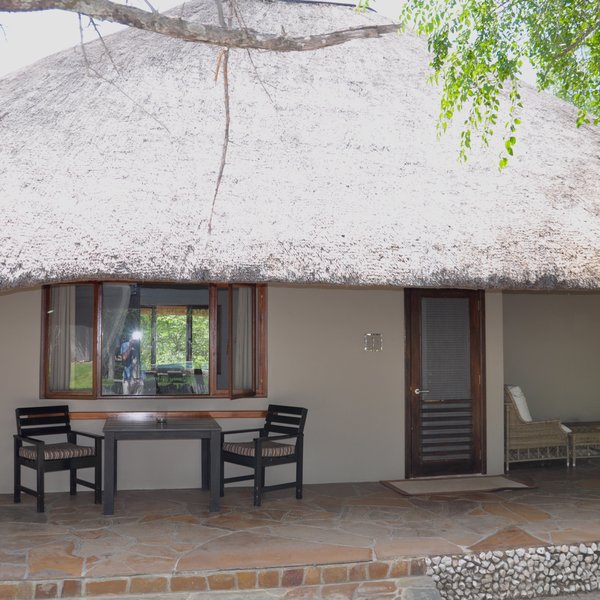
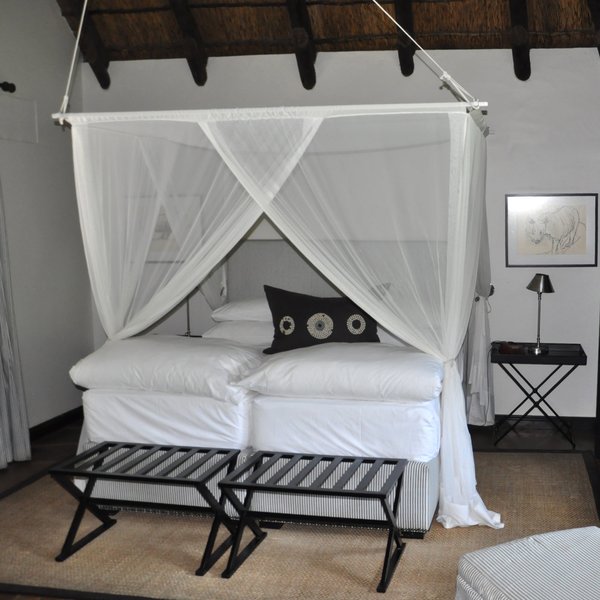
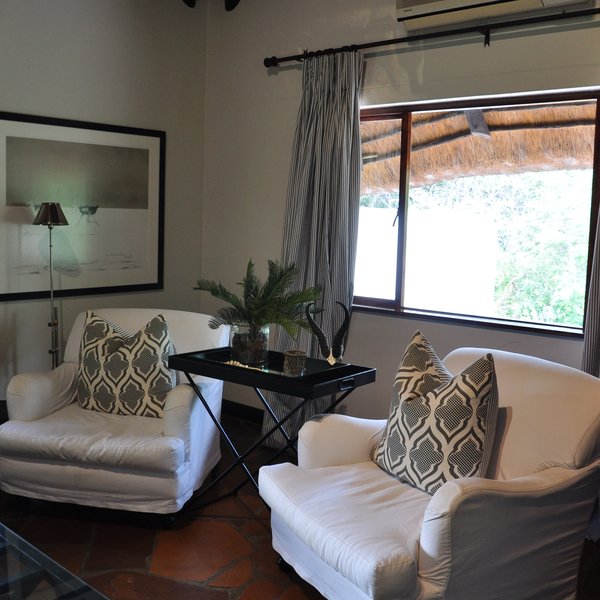
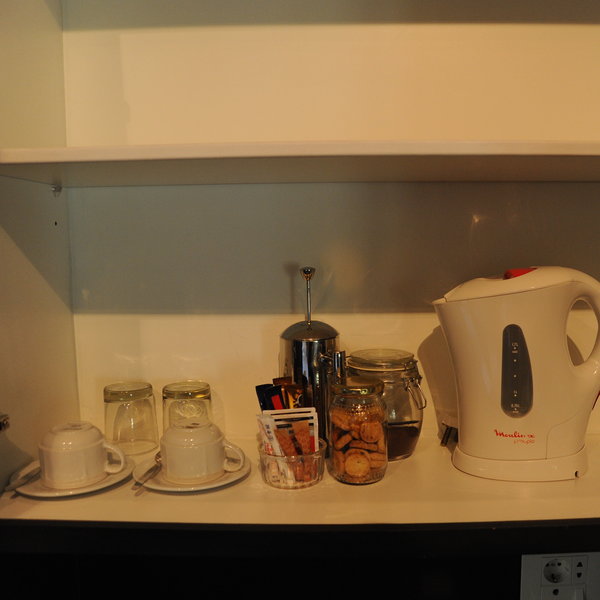
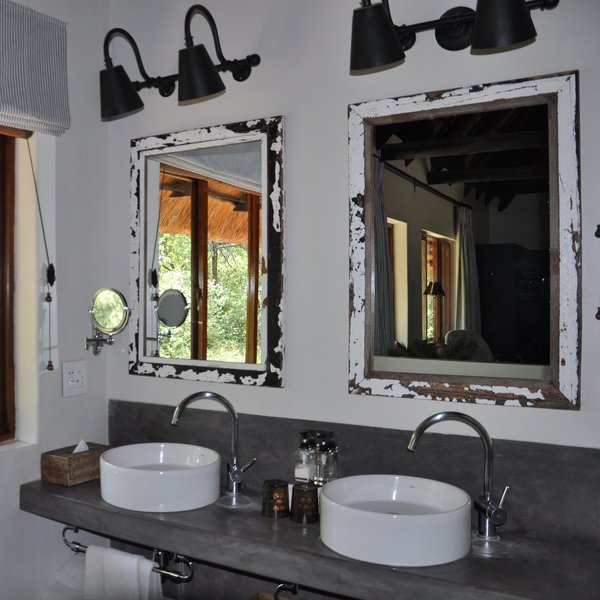
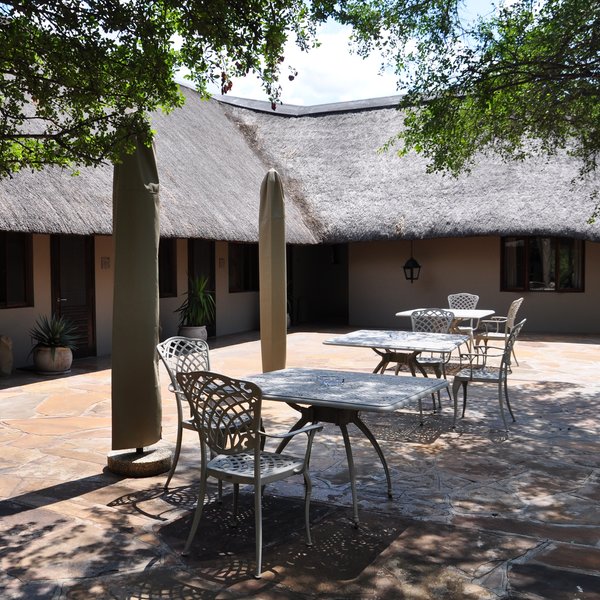
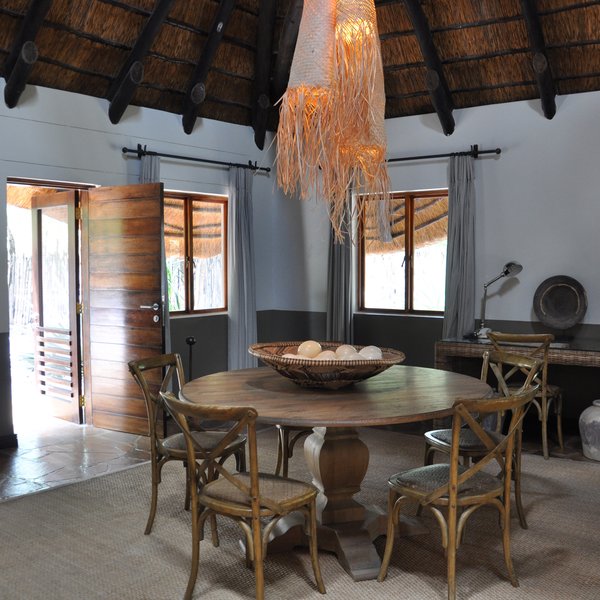
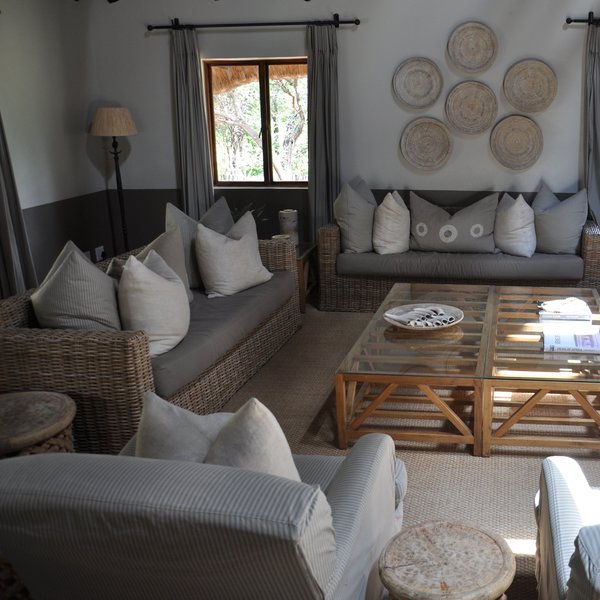
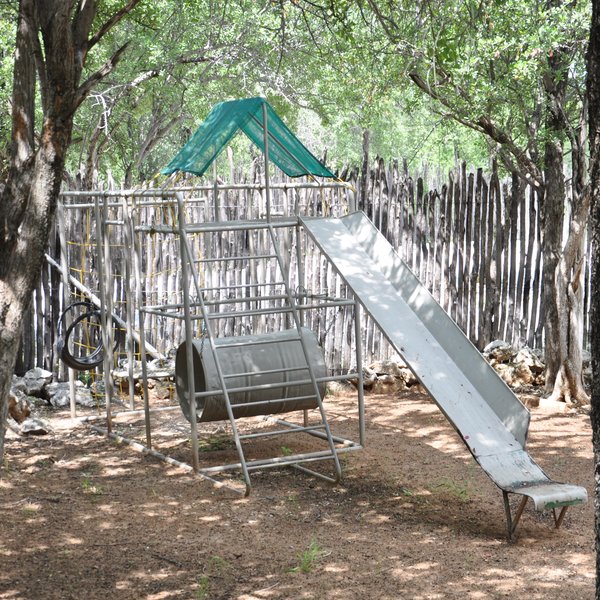
Expert Africa's gallery
When we travel we take lots of photos ourselves to give you a real and un-edited view of the safaris. See our 39 pictures and 1 videos of Mushara Lodge to get the candid view.
View galleryMushara Lodge: Our full report
The welcoming Mushara Lodge is designed for those seeking a comfortable base from which to visit Etosha National Park.
Just 8km from the eastern park gate, in its own private reserve, the lodge offers well-appointed rooms and attentive service. Although it perhaps appeals most to self-driving travellers, it also offers guided game-viewing excursions into the national park.
The lodge shares the same private reserve with the family-friendly Mushara Bush Camp, the exclusive Villa Mushara, and the luxurious Mushara Outpost.
Mushara Lodge has long been one of our favourite properties on the eastern side of Etosha and on our latest visit in April 2024 we were delighted to find the same great service and comfortable accommodation we've come to expect. A modern take on a traditional safari lodge, it features a substantial construction that helps to keep the rooms cool in the summer and warm in the winter, while clean lines, crisp linen and a tasteful collection of African artefacts and art give a fresh and modern feel.
This said, the lodge has been in its current form since around 2011 and while it has been well looked after, signs of wear are starting to show here and there. In our view this added an almost welcoming homely feel to the property, but we wouldn't be surprised if there is a refurbishment on the horizon.
With ten thatched chalets, three rooms and a family house, the lodge has a variety of accommodation.
- The ten thatched chalets are arranged in a semicircle around the pool. All have high thatched ceilings, cool stone floors, white walls and smart, dark-wood furnishings. Twin or double beds are dressed with crisp white linen beneath a mosquito net, to give a cool and bright feel. Each air- conditioned chalet is also equipped with a minibar/fridge, a safe, tea/coffee-making facilities, a direct-dial telephone, and a wardrobe with bathrobes, luggage rack and a hairdryer. All are en suite with showers rather than bathtubs.
- As well as the individual chalets, the lodge has a further three rooms, set in a block a short distance from the main area. Of these, two are quite spacious single rooms, each with an open-plan en-suite bathroom, and a patio with table and chairs. The third is a triple room with a double and single bedroom, a small lounge area and a shared bathroom with both a bath and a shower.
- On the other side of the property is a two-bedroom family house with a kitchen and a big lounge-cum-dining room that continues the style and colour scheme of the rest of the lodge. Each of the bedrooms is en suite, while a separate with a bathtub is shared by both. A small climbing frame in the fenced garden is a bonus for children. This self-contained house has access to all the same communal areas as the rest of the property but feels quite separate – perfect for families or small groups looking for a little more privacy than afforded by the main lodge or Mushara Bush Camp.
Mushara Lodge offers guided game drives into Etosha National Park in the morning and afternoon. However, note that as the property is outside the park, and no activities take place on the Mushara Reserve, these game drives are subject to the same park rules as self-drivers. The park gates open at sunrise and close at sunset, with no off-road driving or walking permitted. While this is a more restrictive than staying somewhere that conducts activities on a private reserve, we have always felt that Mushara Lodge offers fantastic value for money.
Most guests staying here arrive in their own vehicle, so can easily drive themselves into the park. Indeed, Mushara is an exceptionally convenient location to do this. On the other hand, a guide will know something of animal behaviour so can often anticipate which animals are likely to appear at a certain waterhole, which can enhance your game viewing. Even if a drive is quiet, they will be able to point out birds and plants that you might otherwise overlook. Finally, the Mushara guides’ vehicles can communicate with each other by radio, sharing any good sightings they come across, and further increasing the chance of you seeing something exceptional. The combination of guided excursions and self-drive trips into the park can be a winning formula.
It's important to note that Mushara Lodge can sleep more guests than it has seats in its vehicles. If you know you would like to do an activity during your stay here, please tell us so we can pass the information onto the lodge. On rare occasions, travellers have missed out on activities that are not pre-booked.
Activities
4WD Safari
Birdwatching
Private activities
Families & children
- Attitude towards children
- Children of all ages are welcomed at Mushara Lodge.
- Property’s age restrictions
- There are no age restrictions here.
- Special activities & services
- There is a climbing frame at the family house.
- Equipment
- Cots can be provided on request.
- Generally recommended for children
- Yes
- Notes
- Warthogs are usually seen munching on the grass at the lodge, and the area around the pool is not fenced so younger children need to be under supervision at all times.
Food & drink
- Usual board basis
- Half Board
- Food quality
- During our most recent visit, in April 2024, We were unable to stay at Mushara Lodge, so unfortunately didn’t enjoy a meal here. On our previous visit, in May 2022, the food was well presented and delicious – as described here.
The lodge can offers a separate child-friendly menu and with advanced notice can cater for most dietary requirements.
A buffet breakfast, served in the restaurant (6.00–9.00am), includes the usual bread, toast, fruit, yoghurt and juice, as well as tea and coffee and a cooked breakfast to order. We had a simple fruit salad with yoghurt and granola, tea and some toast.
A light lunch menu is available between 12.00 and 2.00pm and includes options such as as toasted sandwiches, burgers, pasta and salads.
Dinner, from 7.30pm, is an appetising three-course set menu, which in warmer weather is usually served on the patio. Our team enjoyed a starter of spinach gnocchi with tomato sauce and parmesan water. The main course was an excellent grilled impala kebab with fig sauce, parsley potatoes and vegetables, and the meal was finished off with a chocolate mousse with berry sauce. - Dining style
- Individual Tables
- Dining locations
- Indoor and Outdoor Dining
- Further dining info, including room service
- No room service is available.
- Drinks included
- No drinks are included at Mushara Lodge. The tap water is deemed safe to drink but some travellers may prefer to stick to bottled water, which costs extra.
Our travellers’ wildlife sightings from Mushara Lodge
Since mid-2018, many of our travellers who stayed at Mushara Lodge have kindly recorded their wildlife sightings and shared them with us. The results are below. Click an animal to see more, and here to see more on our methodology.

95% success

95% success

95% success

95% success

89% success

68% success

54% success

53% success

46% success

38% success

33% success

29% success

10% success

8% success

8% success

0% success

0% success
Getting there
- Location
- Etosha National Park, Namibia
- Ideal length of stay
- 2 nights
- Directions
- Mushara Lodge is located on the Mushara Reserve, just 8km from Etosha's eastern Von Lindequist Gate. It is well-signposted from the gate.
The Mushara Reserve has its own airstrip, but it is also possible to fly to the airstrip at nearby Mokuti and be transferred to the lodge. - Accessible by
- Self-drive or Fly-and-Transfer
Special interests
- Family safaris
- Set on the private, fenced Mushara Reserve, just east of Etosha National Park, the two-bedroom family house at Mushara Lodge, complete with a climbing frame and kitchenette, makes an ideal stop on a family safari in Namibia.
- See ideas for Family safaris in Namibia
Sustainability
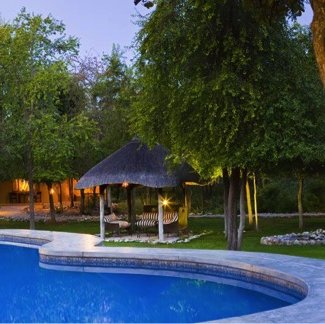
Innovative water re-use at Mushara
Without access to municipal services, Mushara has devised its own water-management techniques, underpinning its commitment to sustainability.
Fresh water is delivered by borehole from a consistenty good underground supply that stays at a constant level of 12m, with staff regularly checking the pipes and taps for any leaks. All grey waste water from the kitchen, laundry and showers flows into underground drains, and once these are full, the water is pumped into the bush and natural filtration enables it to drain back into the soil. Sewerage meanwhile flows into a three-compartment septic tank, where it is naturally broken down by bacteria. By the time it reaches the third chamber it is treated as grey water and pumped into the bush, from where it, too, filters back into the soil.
See more great sustainability projects in Namibia
Communications
- Power supply notes
- The lodge has a back-up generator.
- Communications
- There is good cellphone reception in the chalets and rooms, as well as a telephone. Free WiFi is available in the main area and rooms although on our last visit this was somewhat intermittent.
- TV & radio
- None
- Water supply
- Mains
- Water supply notes
- All rooms have hot and cold running water and flush toilets.
Health & safety
- Malarial protection recommended
- Yes
- Medical care
- The nearest doctor is in Tsumeb, around 100km from Mushara Lodge.
- Dangerous animals
- Moderate Risk
- Security measures
- The main entrance gate is locked from 8.00pm.
- Fire safety
- There is a fire extinguisher in every room.
Useful info
- Disabled access
- On Request
- Laundry facilities
- A laundry service is available for an extra charge.
- Money
- There are safes in the chalets and rooms, for which keys are kept at reception.
- Accepted payment on location
- Cash payment may be made in Namibian dollars and South African rand. Visa and Mastercard payments are also accepted.
Plan and book your trip with Expert Africa
All of our trips are tailor-made, so we'll always adapt them to suit you. Talk to an Expert and let us plan and arrange your perfect trip.

Talk to an Expert
Call or email us now! We’ll match you with the Specialist in our team who is best suited to help you. Then together we can start planning your trip.

Set up your itinerary
Based on our experience and your ideas, your specialist will create a detailed, costed itinerary. We’ll refine it together, until we have a trip that you’re perfectly happy with.

Prepare for your trip
The same Specialist will make the seamless arrangements for your trip, send you detailed travel documents, and be available to answer any questions before you depart.

Travel with peace of mind
After you set off, you’ll be cared for by our partners in Africa, most of whom have worked with Expert Africa for decades. And if you ever need us urgently, we’re available 24/7.

When you return
We love to learn about your trip, and so will always be grateful if you’ve the time to give feedback to your Specialist when you return.
Mushara Lodge's location
Look closer at the environment and surroundings of Mushara Lodge.
Other lodges in Etosha National Park
Alternative places to stay in this same area.
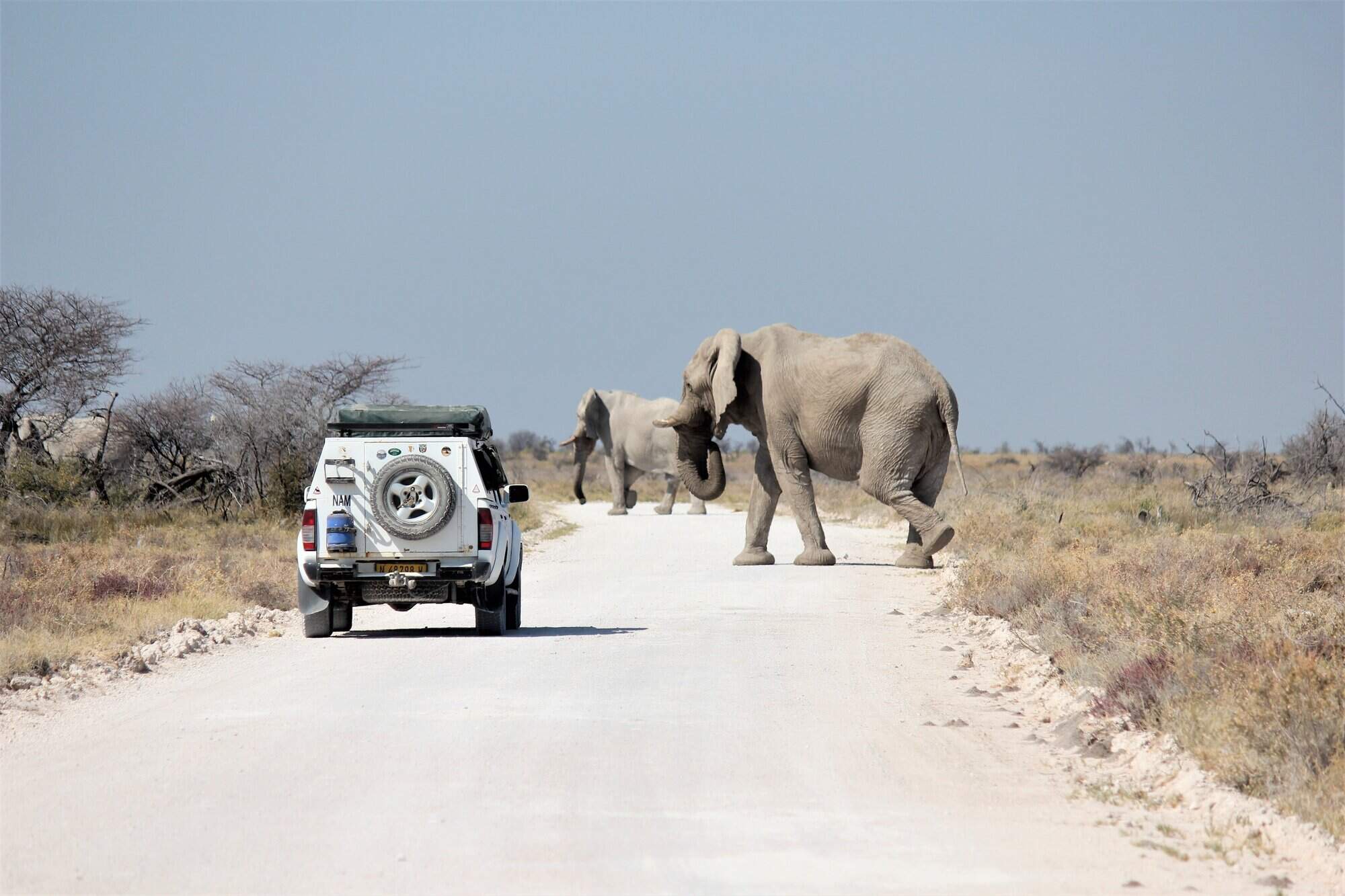
Okaukuejo Camp
Set within Etosha National Park, Okaukuejo Resort is a large camp with a productive, floodlit waterhole.
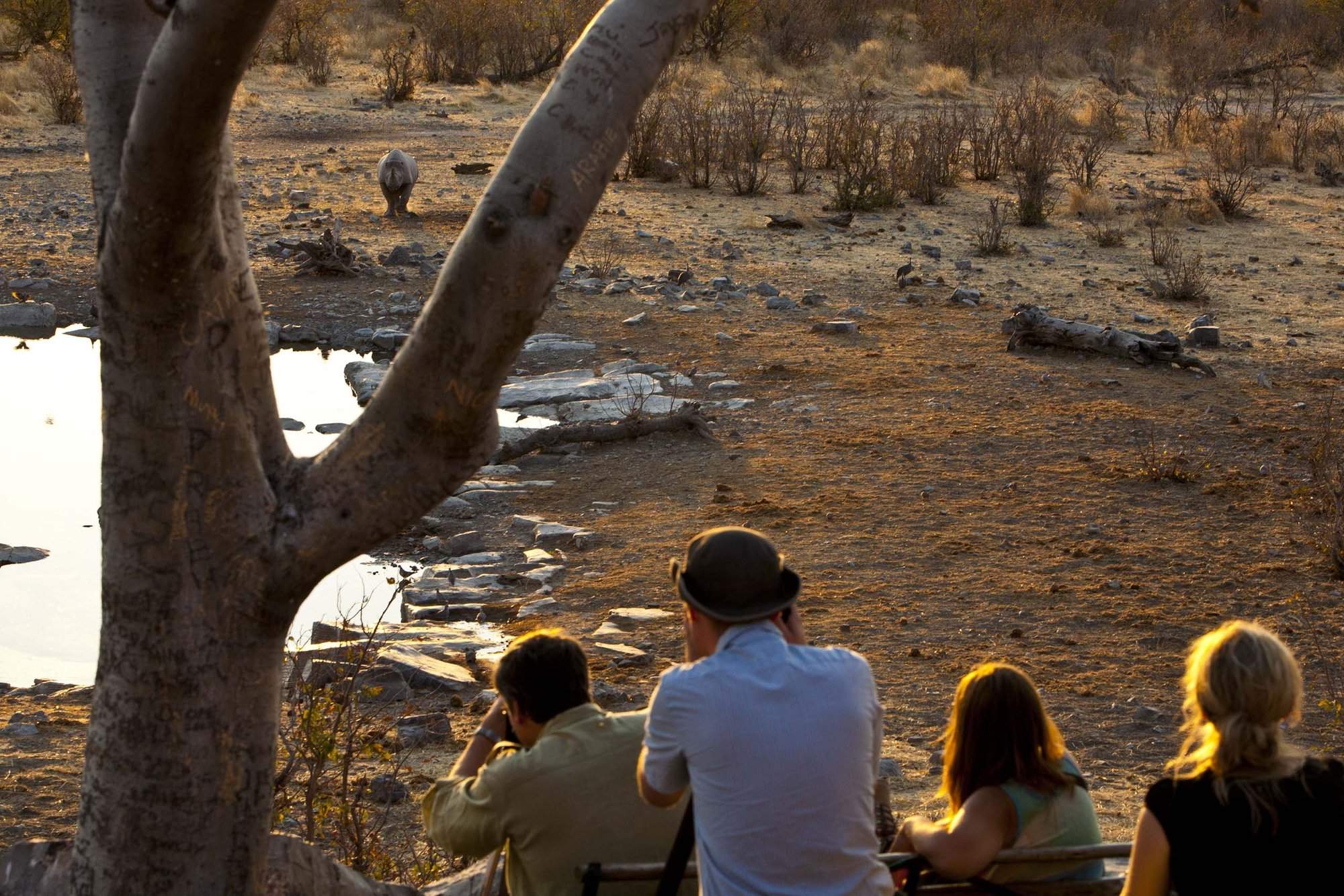
Halali Camp
The smallest of Etosha's erstwhile restcamps, overlooking its own floodlit waterhole, Halali has a superb location near the centre of Etosha Pan.
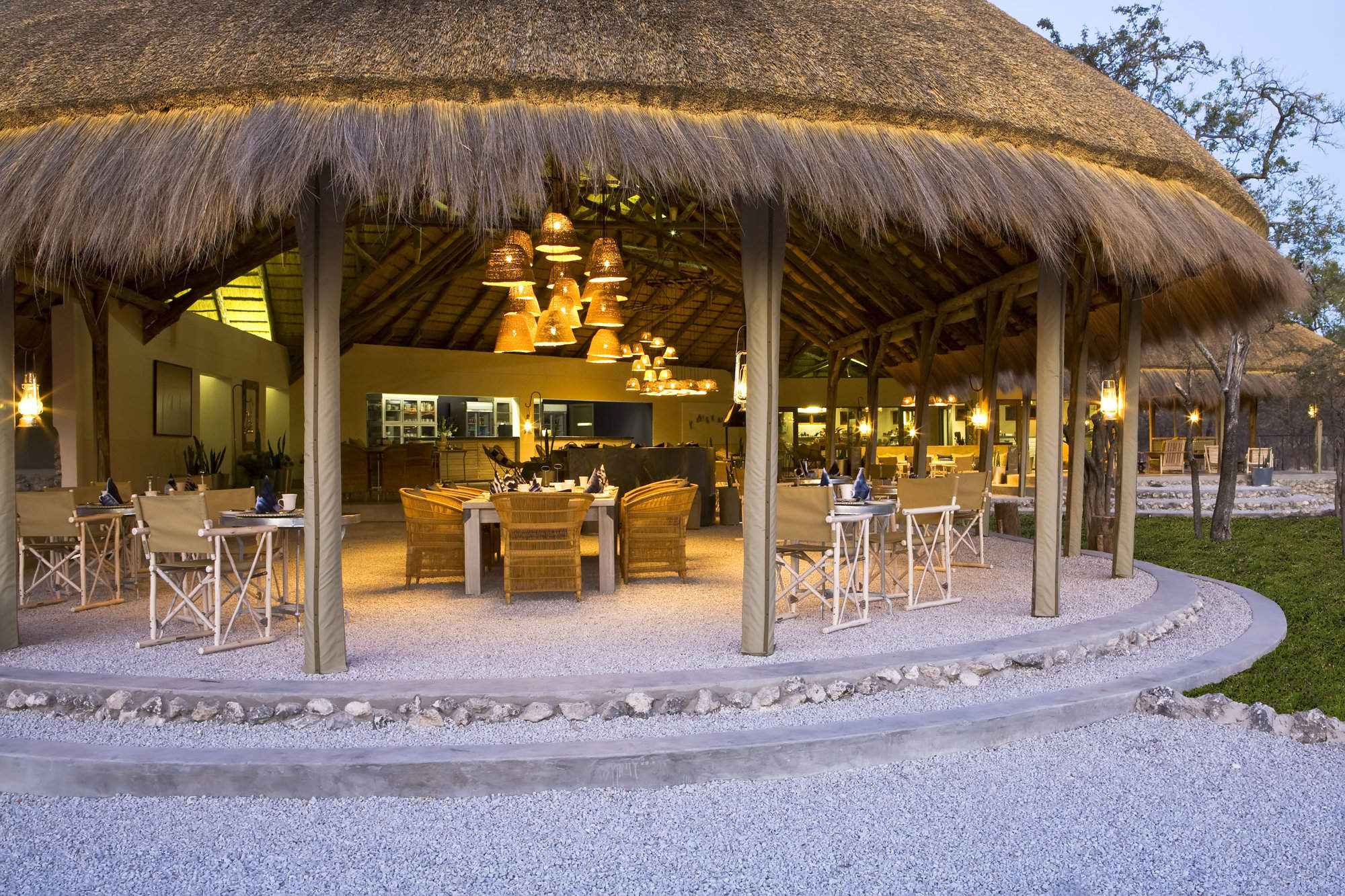
Mushara Bush Camp
The family-friendly Mushara Bush Camp offers great value and is an excellent base from which to explore Etosha National Park.
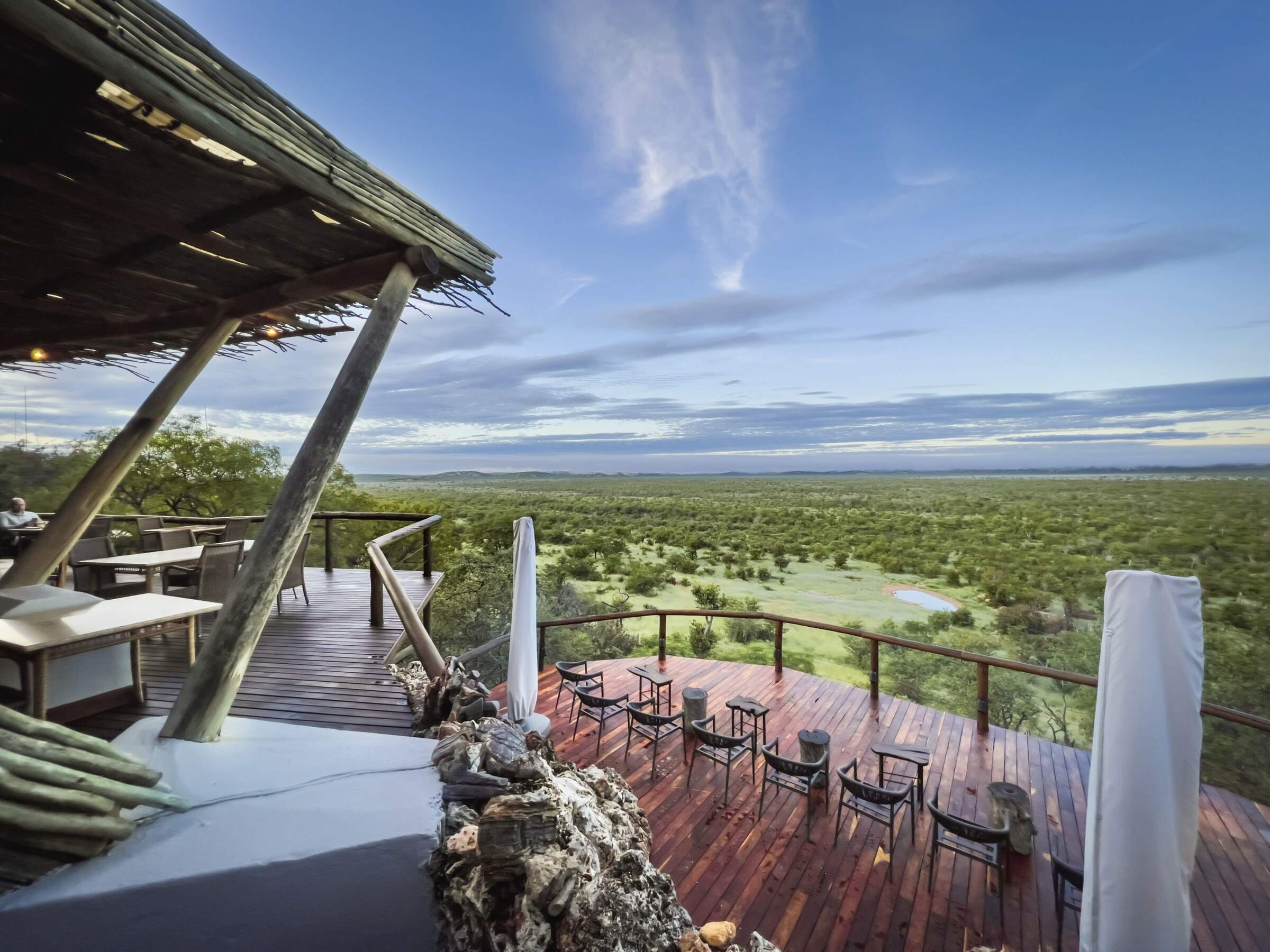
Ongava Lodge
With fantastic views over a private reserve bordering Etosha, the smart Ongava Lodge offers driving and walking safaris on the reserve, and guided drives in Etosha.
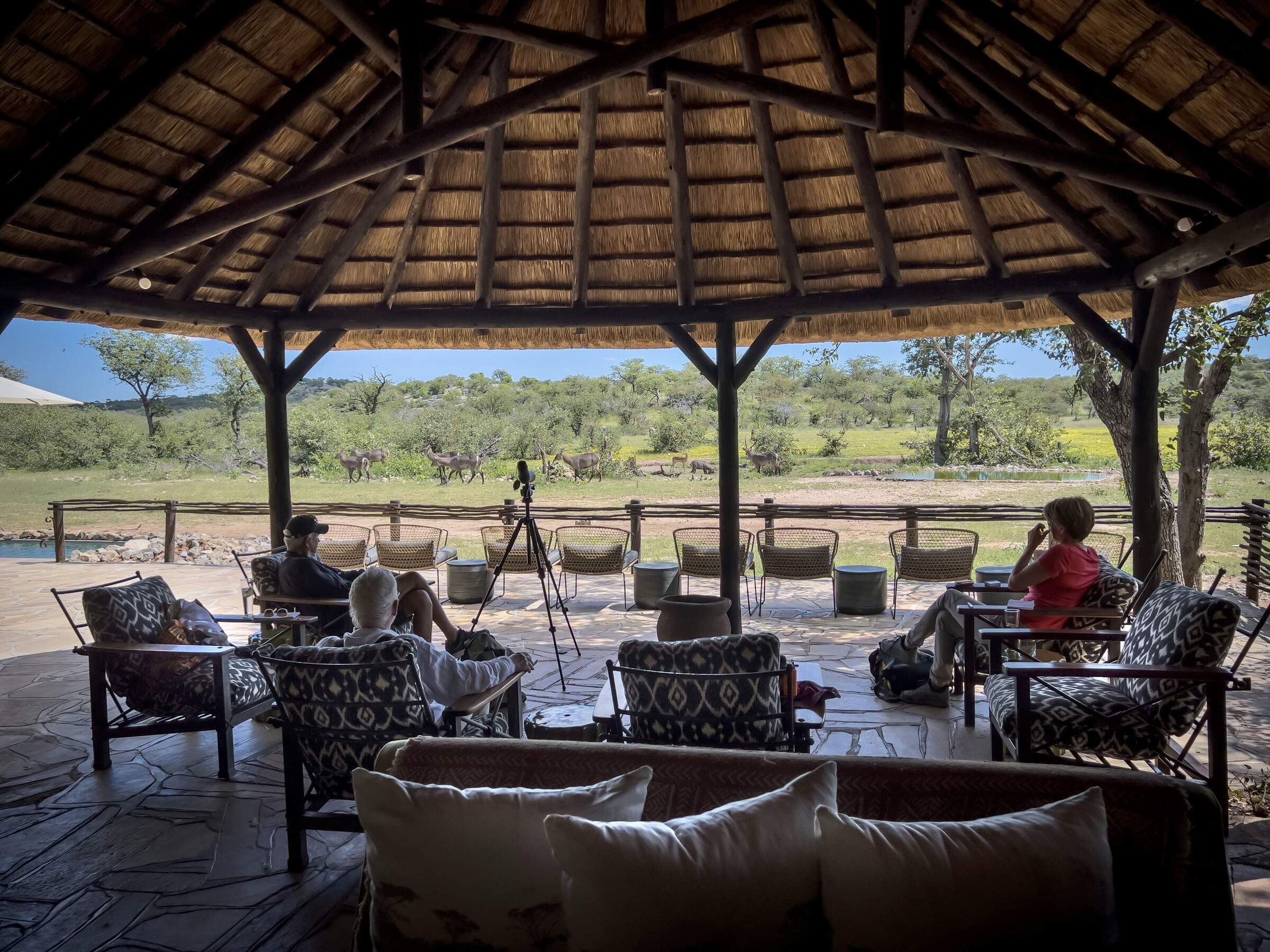
Ongava Tented Camp
Set around a waterhole on a private reserve, the small Ongava Tented Camp combines understated comfort with activities that include walks and night drives.
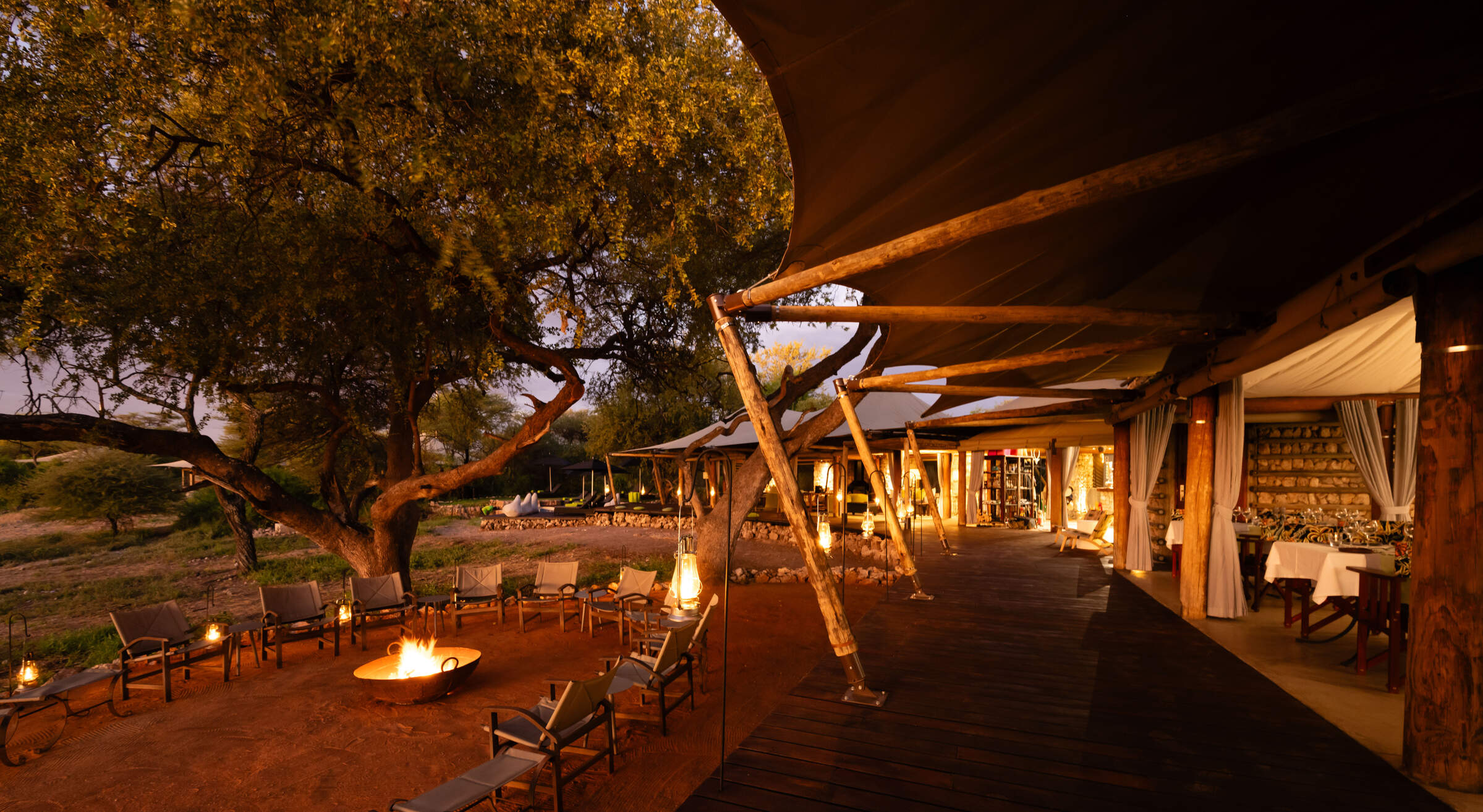
Onguma Tented Camp
Onguma Tented Camp is a lovely, little tented camp which centres around an attractive waterhole a short drive from the Von Lindequist Gate to eastern Etosha.
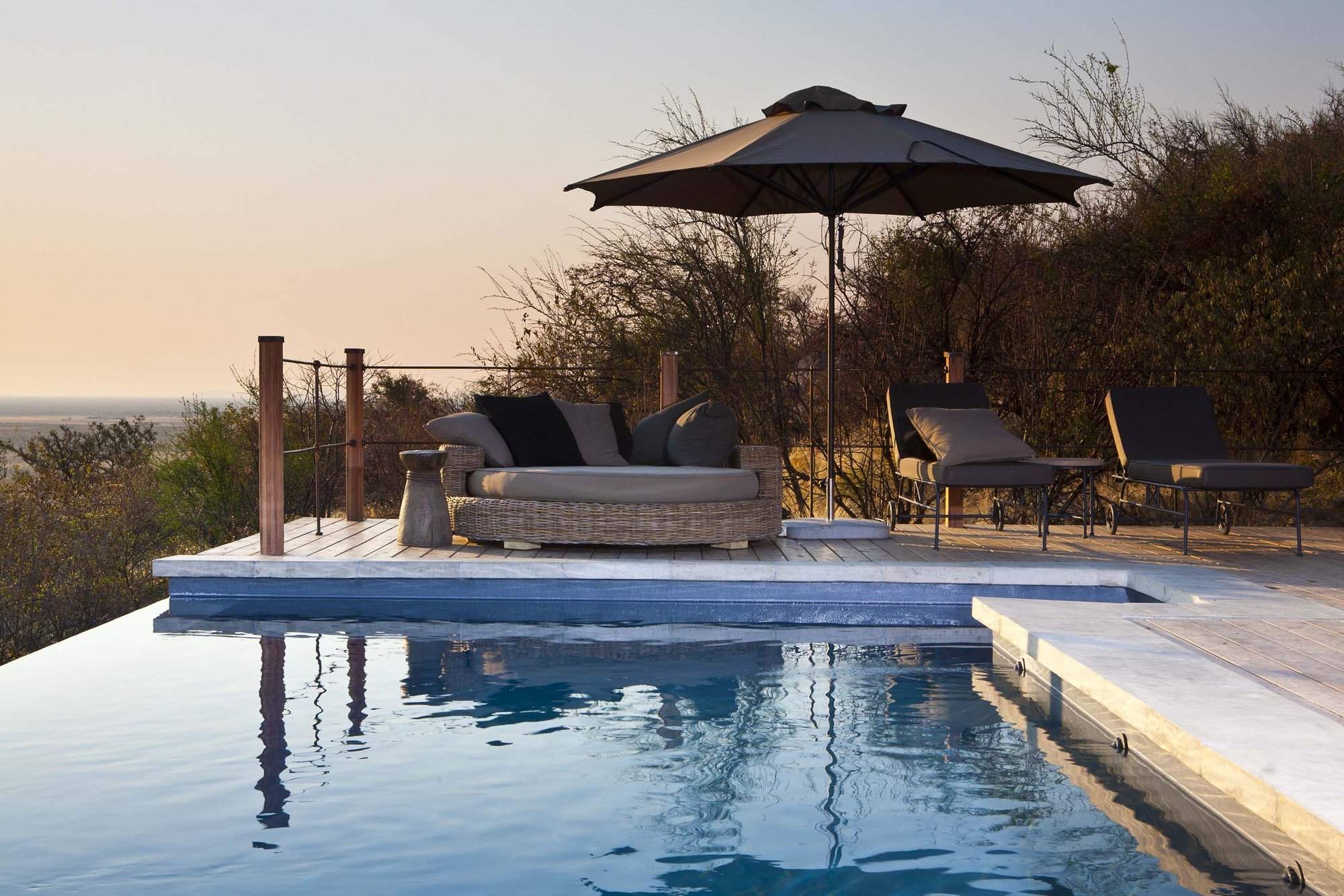
Dolomite Camp
Opened in 2011, Dolomite Camp allows visitors access to the far west side of Etosha National Park, which was previously off limits to most visitors.

Onguma Bush Camp
For great wildlife viewing without breaking the bank, the affordable and understated luxury of Onguma Bush Camp could be perfect.
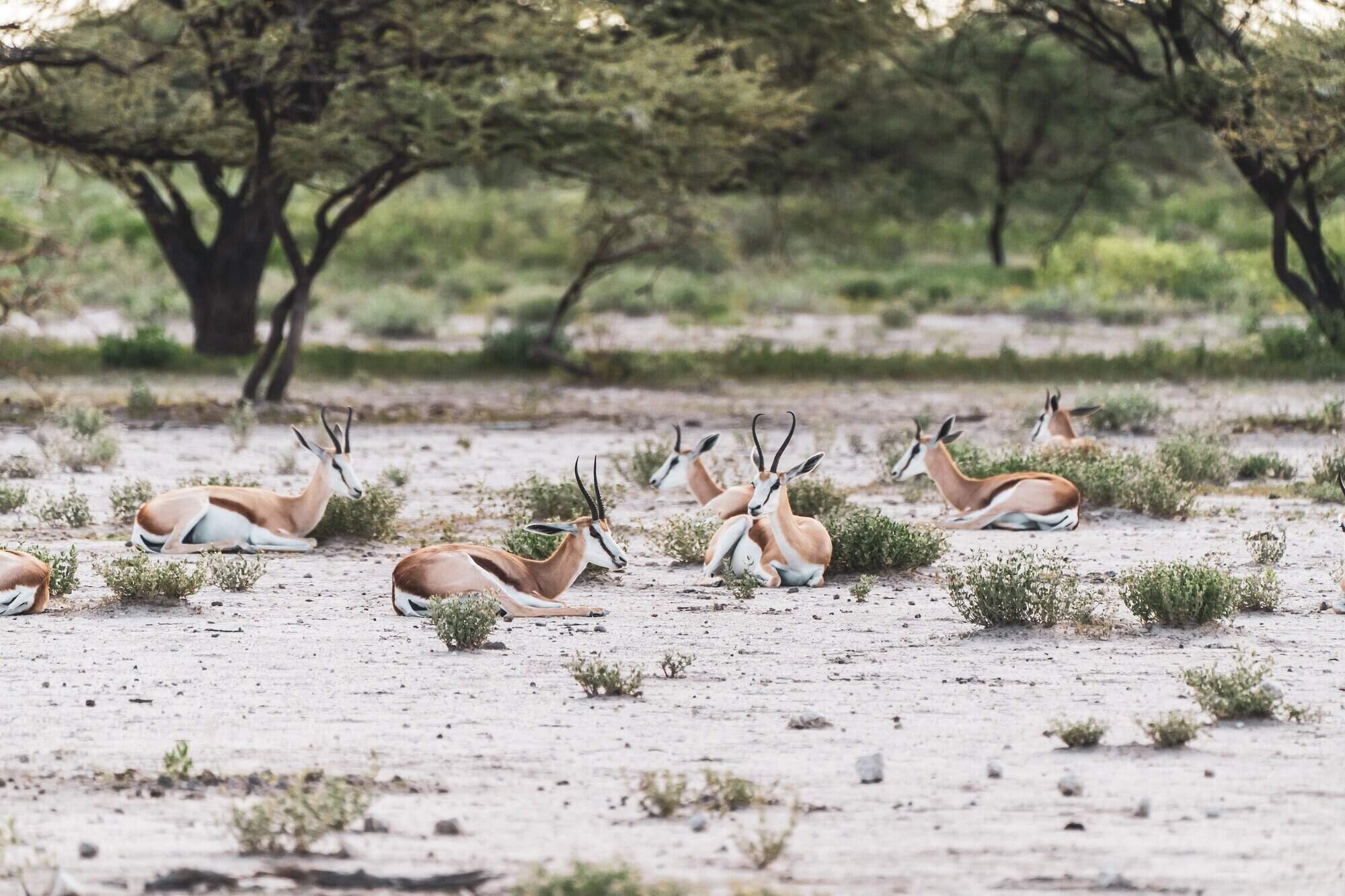
Namutoni Camp
Centred on an old fort, the government run Namutoni Camp is located just inside Etosha National Park, close to Fisher's Pan.
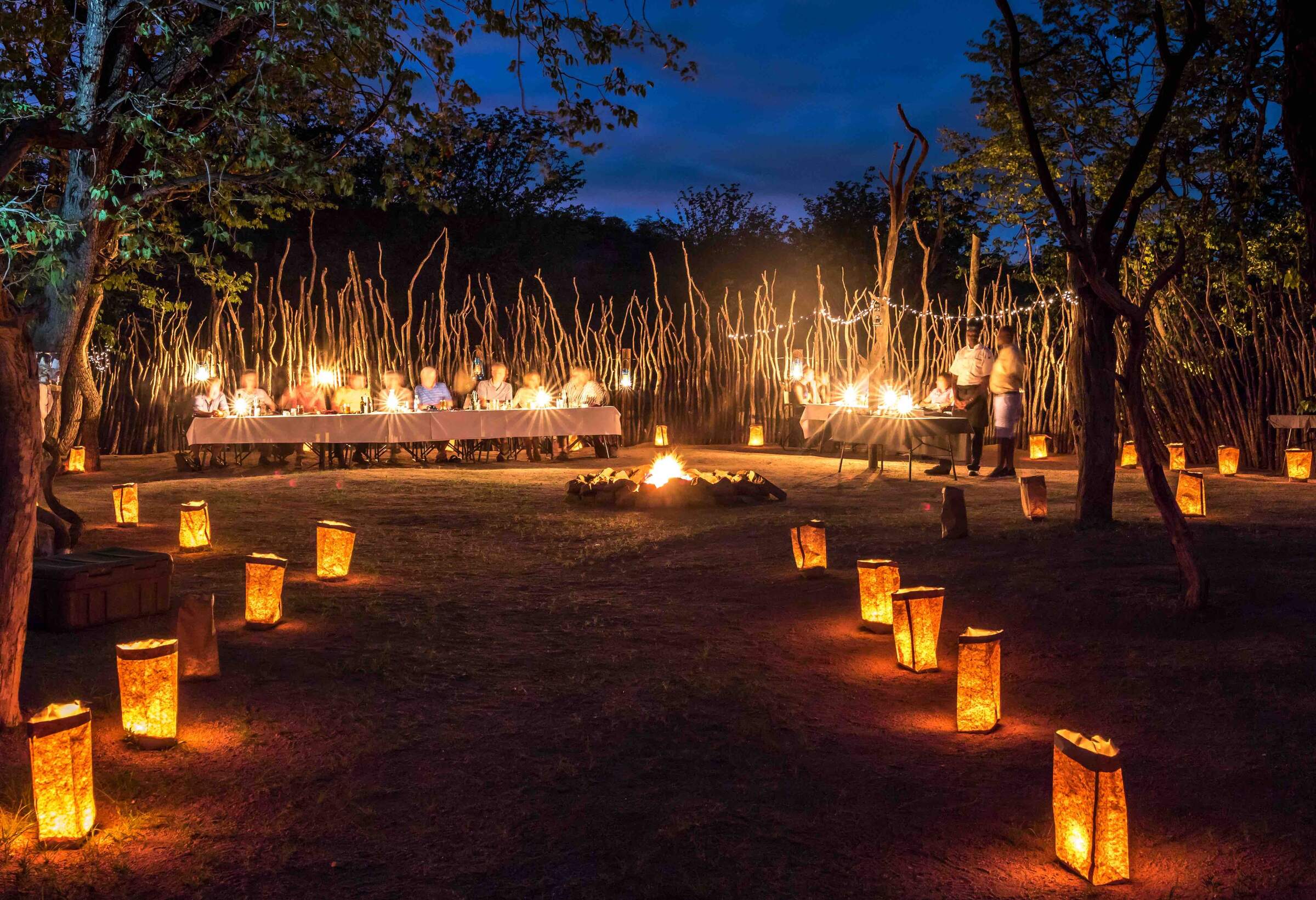
Hobatere Lodge
To the west of Etosha National Park, on the edge of Damaraland, Hobatere Lodge offers good game-viewing on its own reserve.
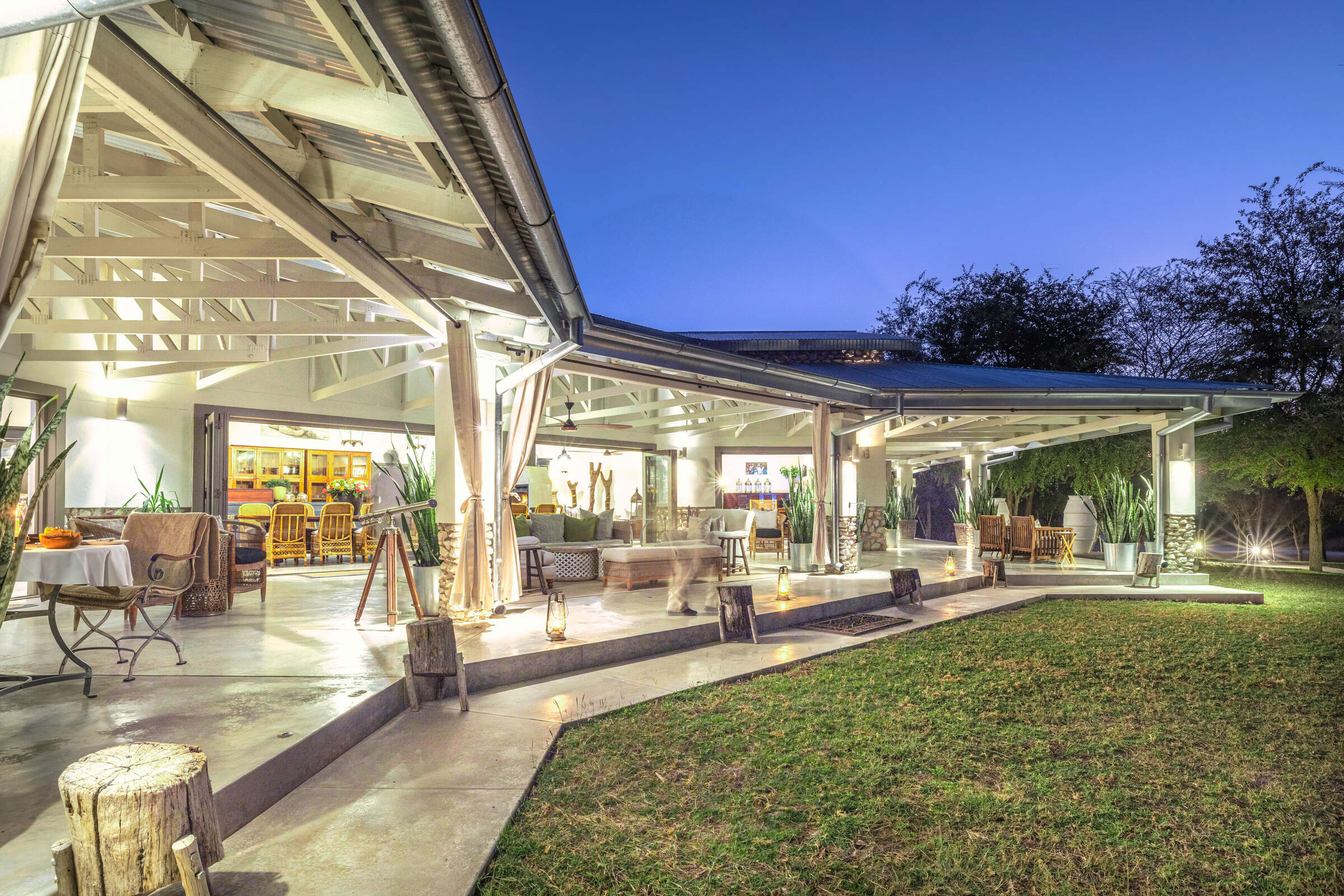
Mushara Outpost
Intimate and luxurious, Mushara Outpost is well-placed on a private reserve to explore nearby Etosha National Park on your own or on a guided drive.
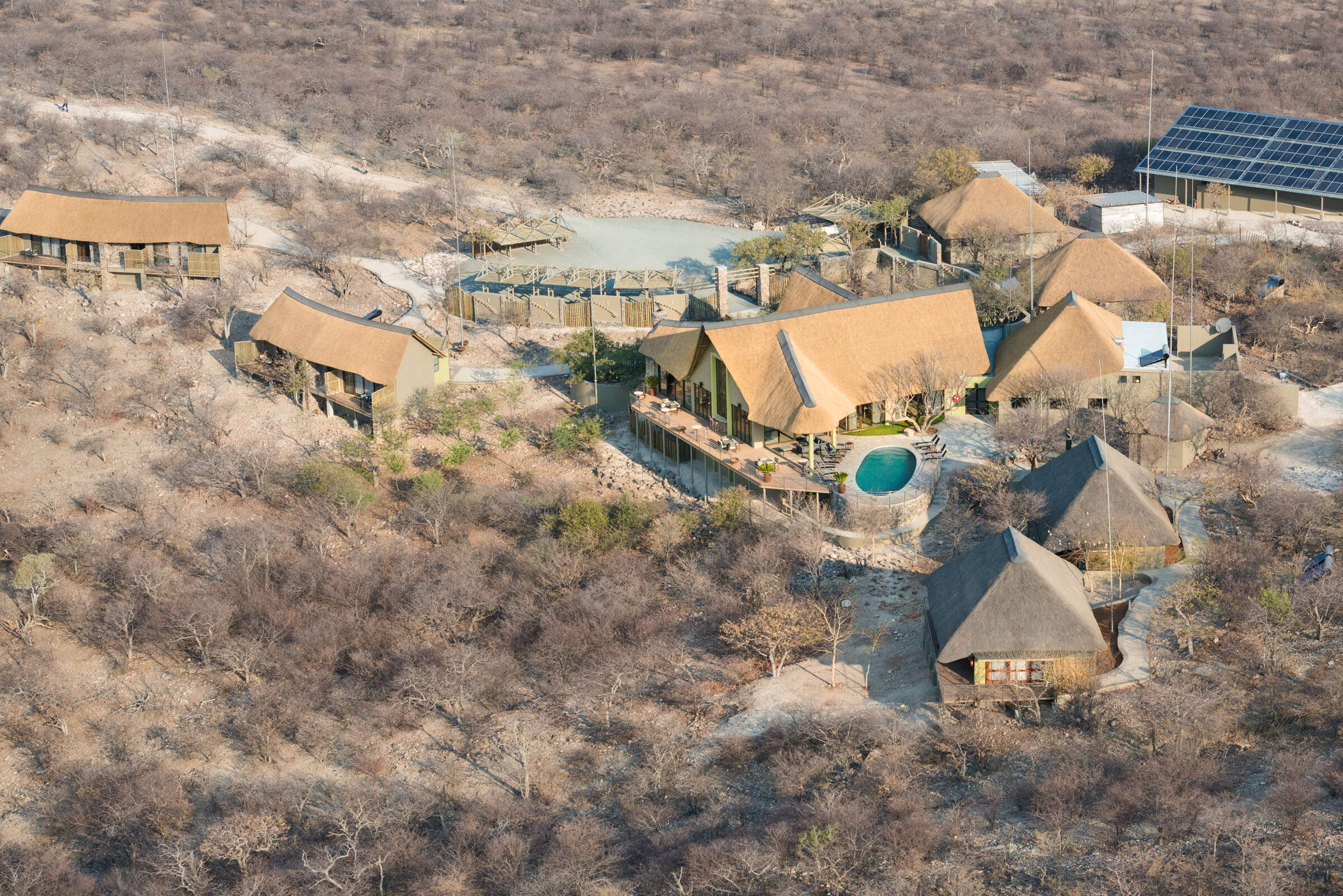
Safarihoek Lodge
At the heart of the private Etosha Heights Reserve, Safarihoek Lodge offers comfortable accommodation and excellent game-viewing.
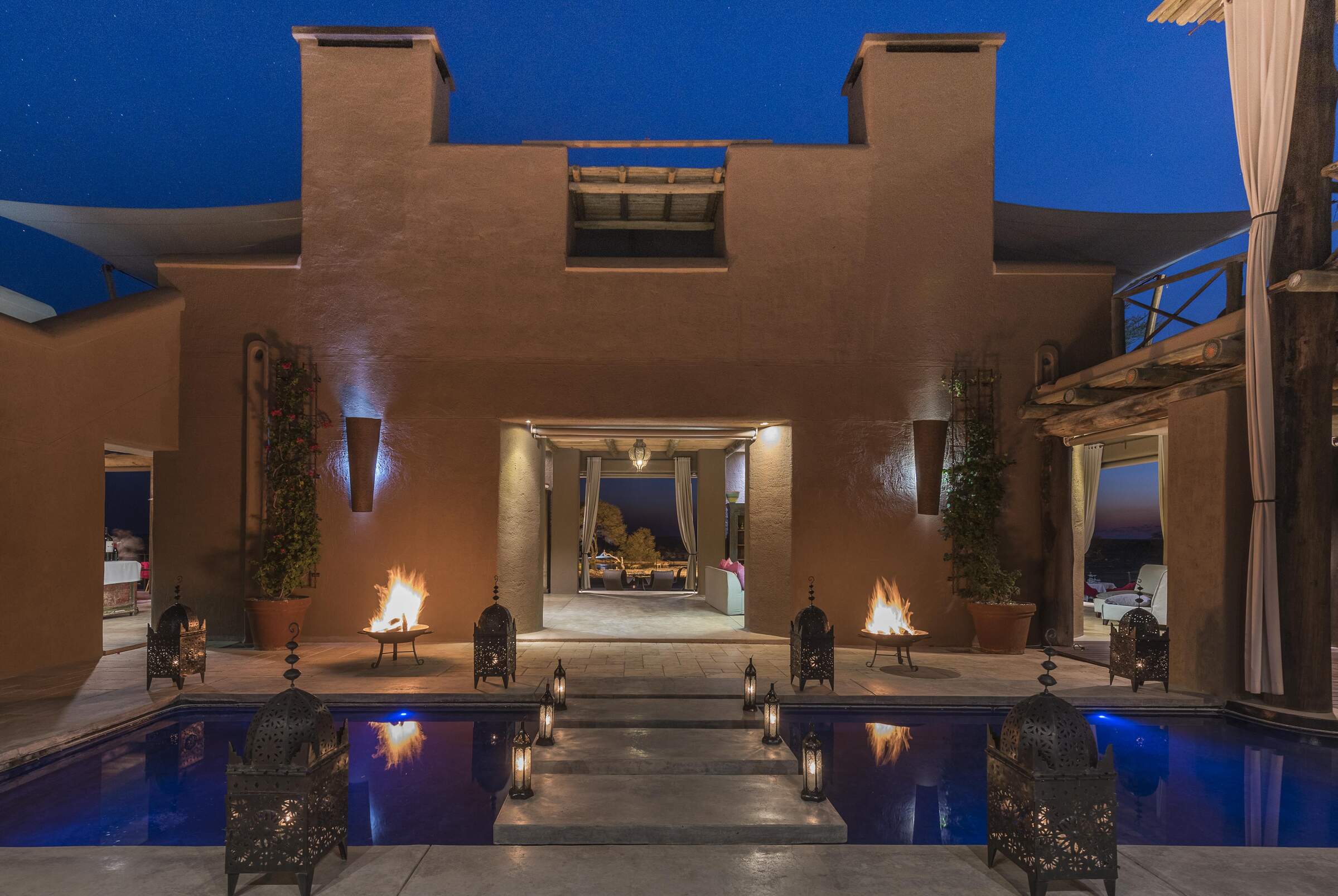
Onguma The Fort
The Fort is the jewel in the crown of the Onguma lodges, and arguably the whole of eastern Etosha.
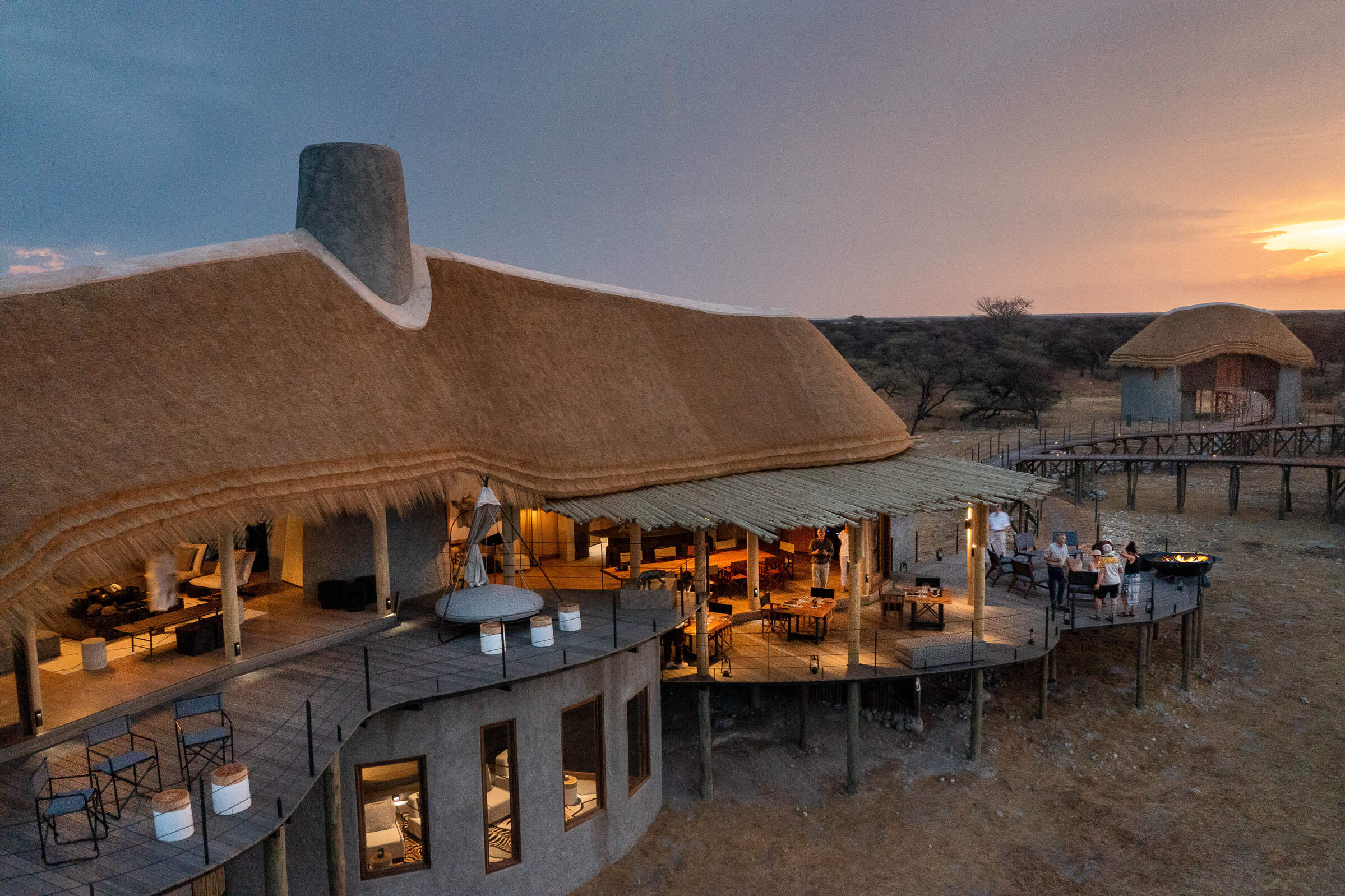
Onguma Camp Kala
For a bird’s eye view across African bush, the stilted rooms at Onguma Camp Kala are truly special.
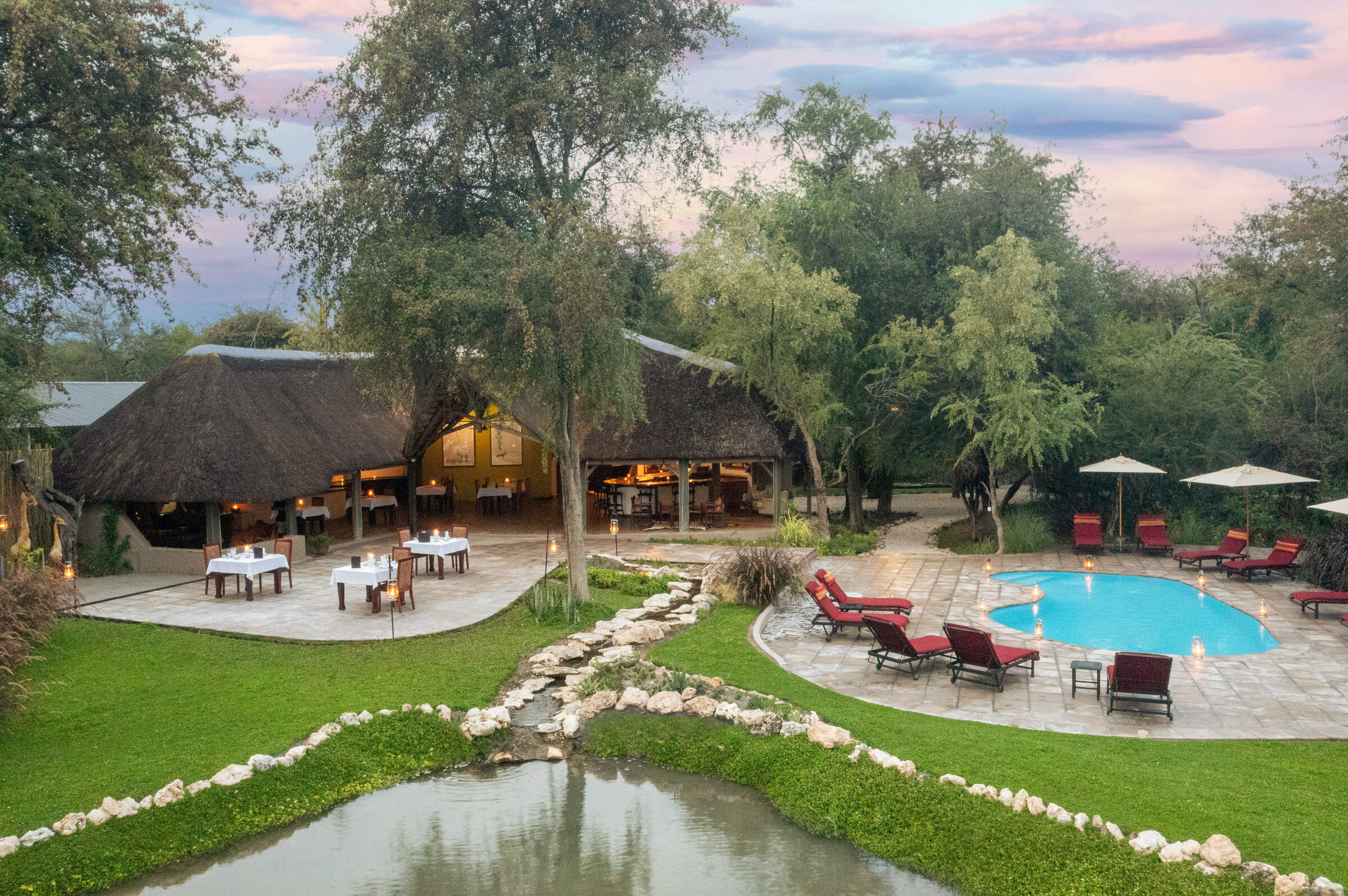
Onguma Forest Camp
From its woodland setting on the Onguma Reserve, Forest Camp is within easy striking distance of Namibia’s flagship national park.
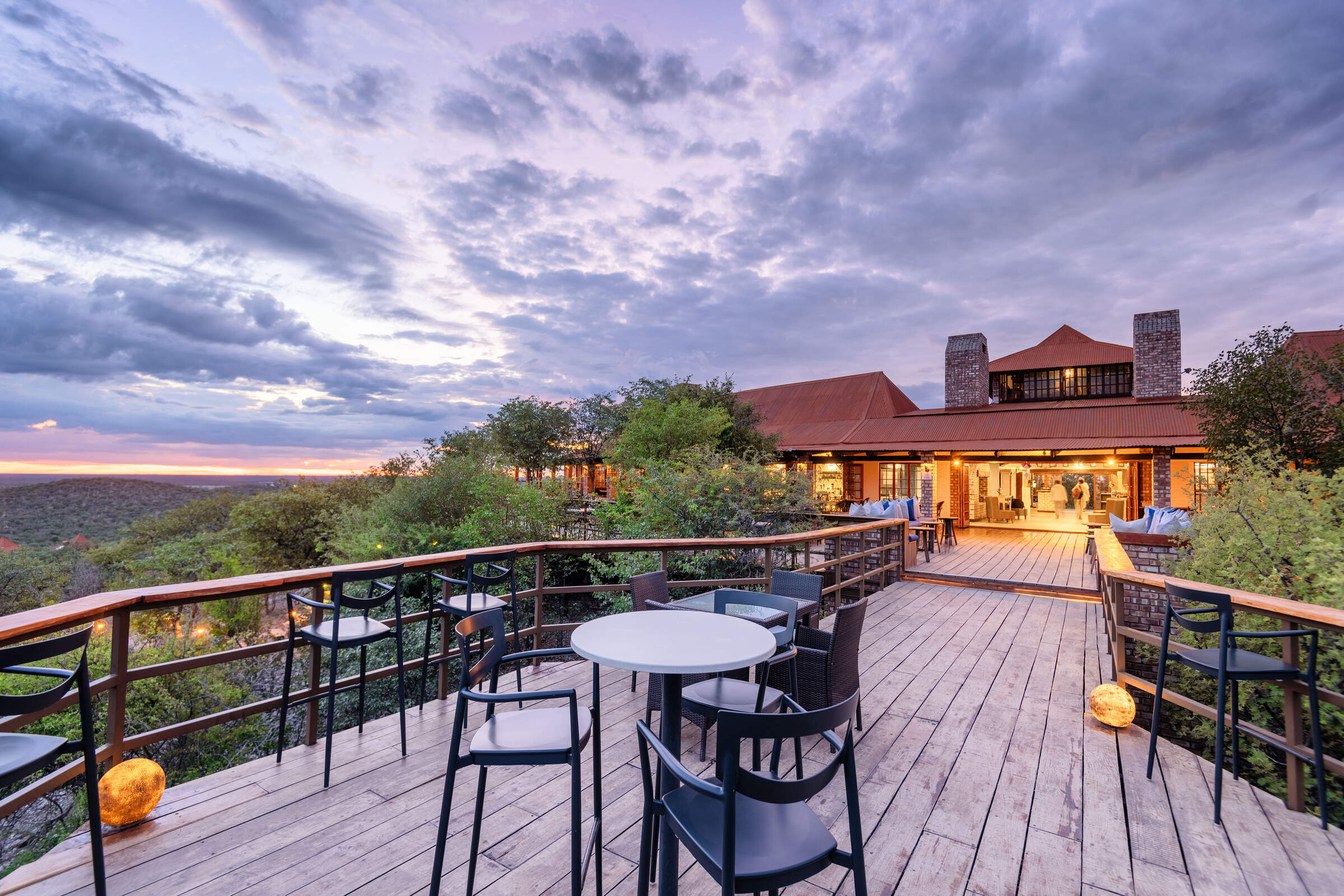
Etosha Safari Lodge
A short drive from Etosha National Park's southern entrance, Etosha Safari Lodge is a convenient base from which to explore the park.
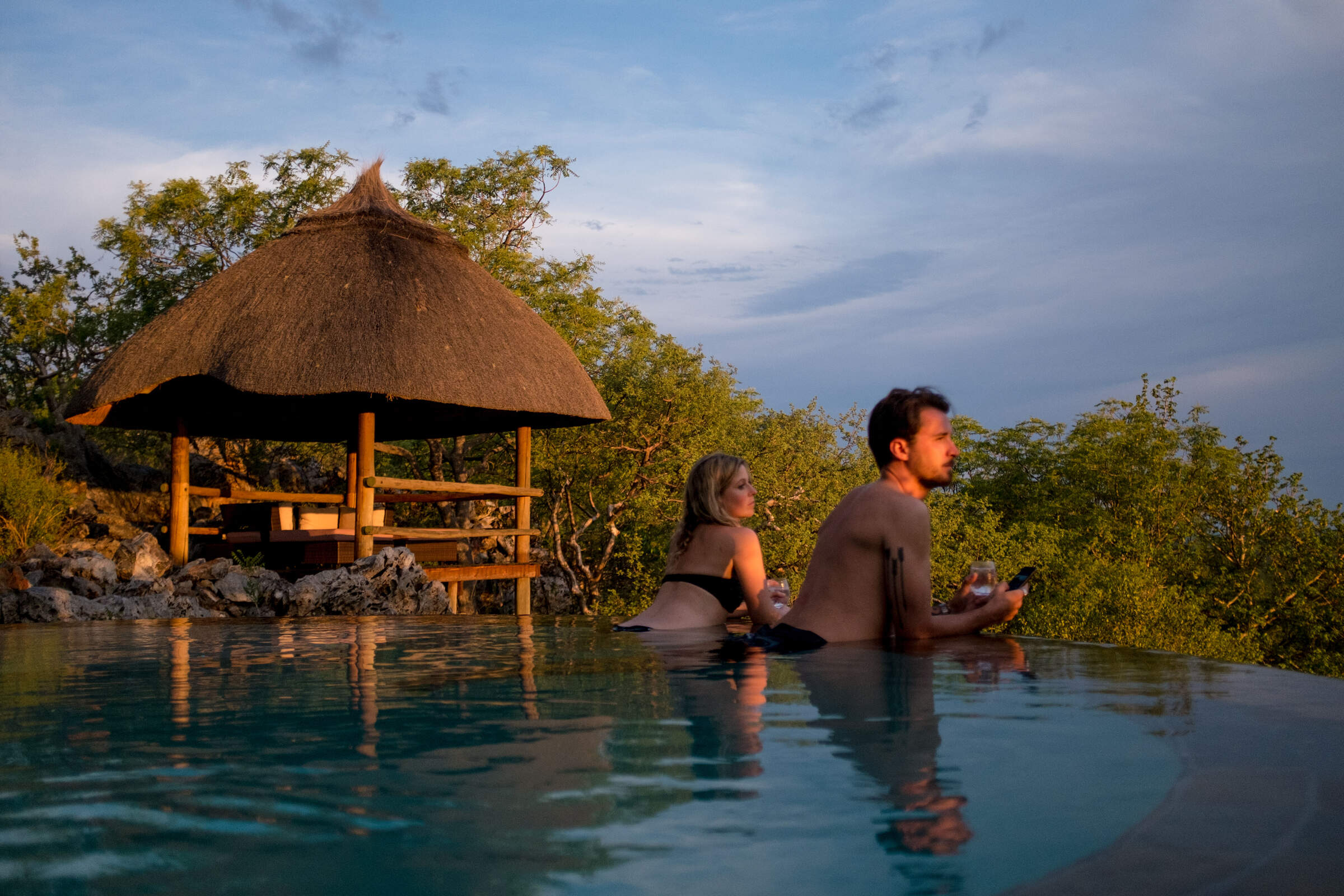
Little Ongava
The beautifully located and luxurious Little Ongava is a stunning place to stay in order to explore Etosha National Park and the private Ongava Reserve.
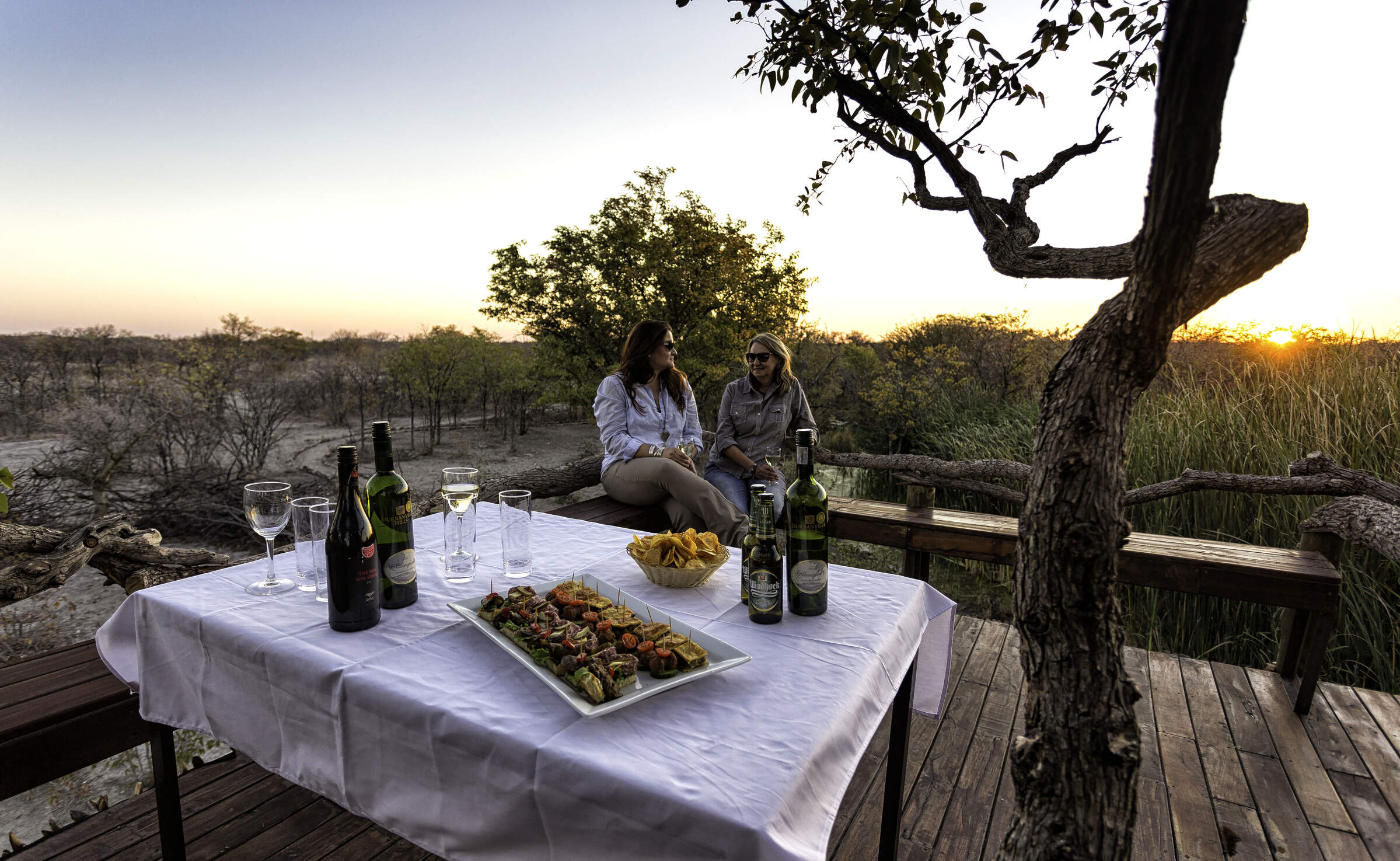
Taleni Etosha Village
Only 4km from Etosha's southern entrance, Taleni Etosha Village is an affordable base from which to explore the park.
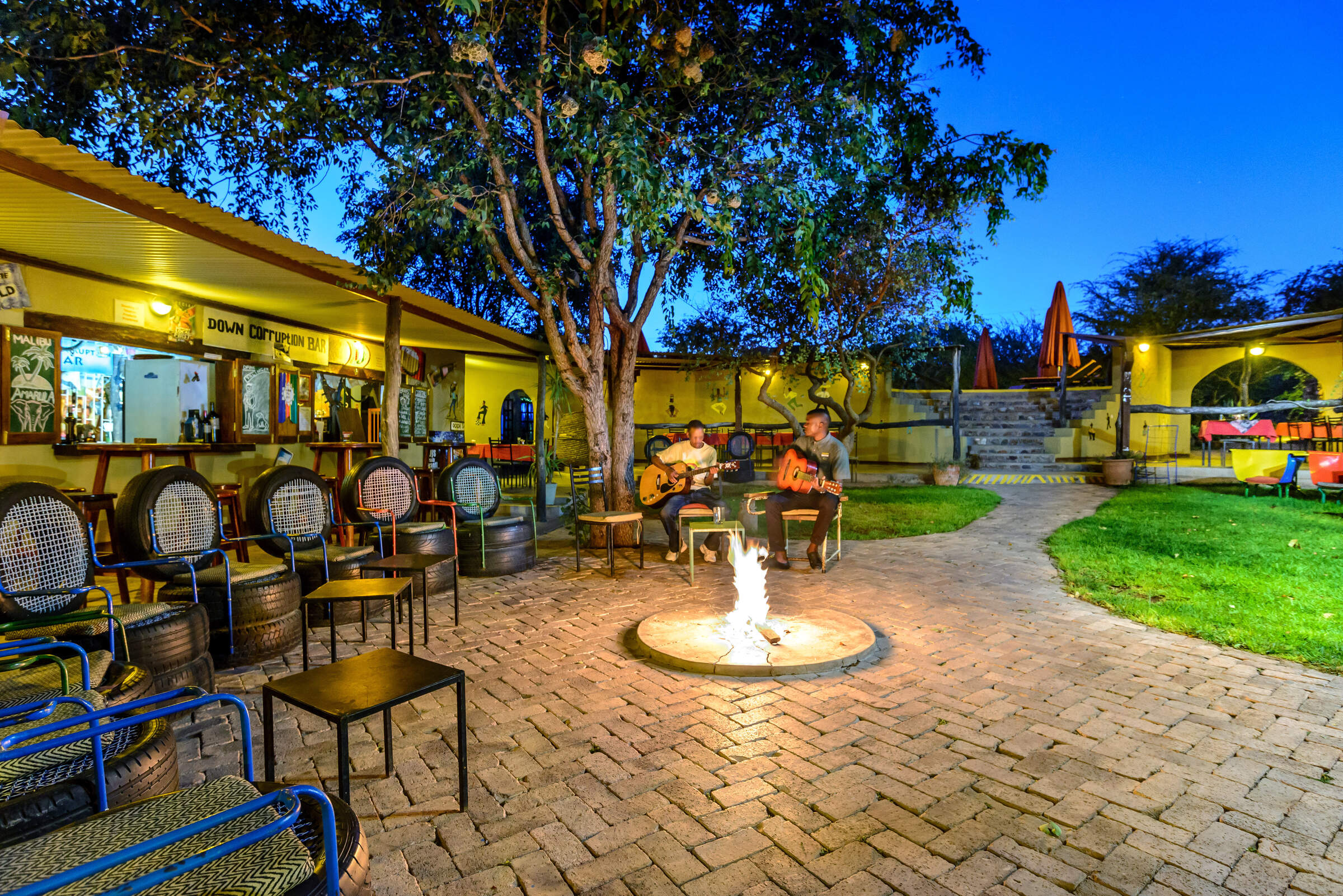
Etosha Safari Camp
Funky, low-key and very original, Etosha Safari Camp is well placed for visiting Etosha National Park on a self-drive or guided safari.
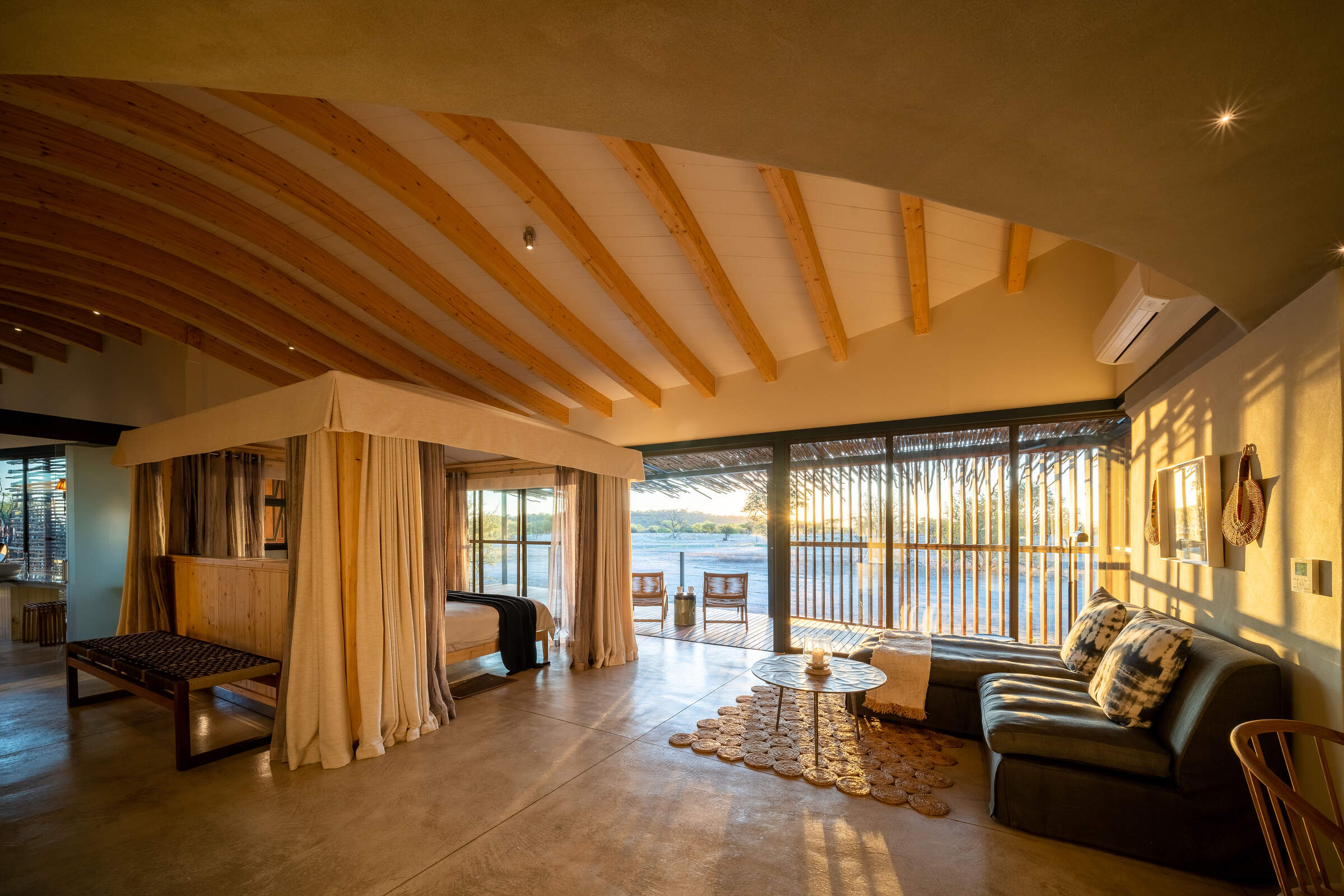
Andersson's at Ongava
With game drives on both its private reserve and in Etosha, Andersson's at Ongava also offers access to the Ongava Research Centre.
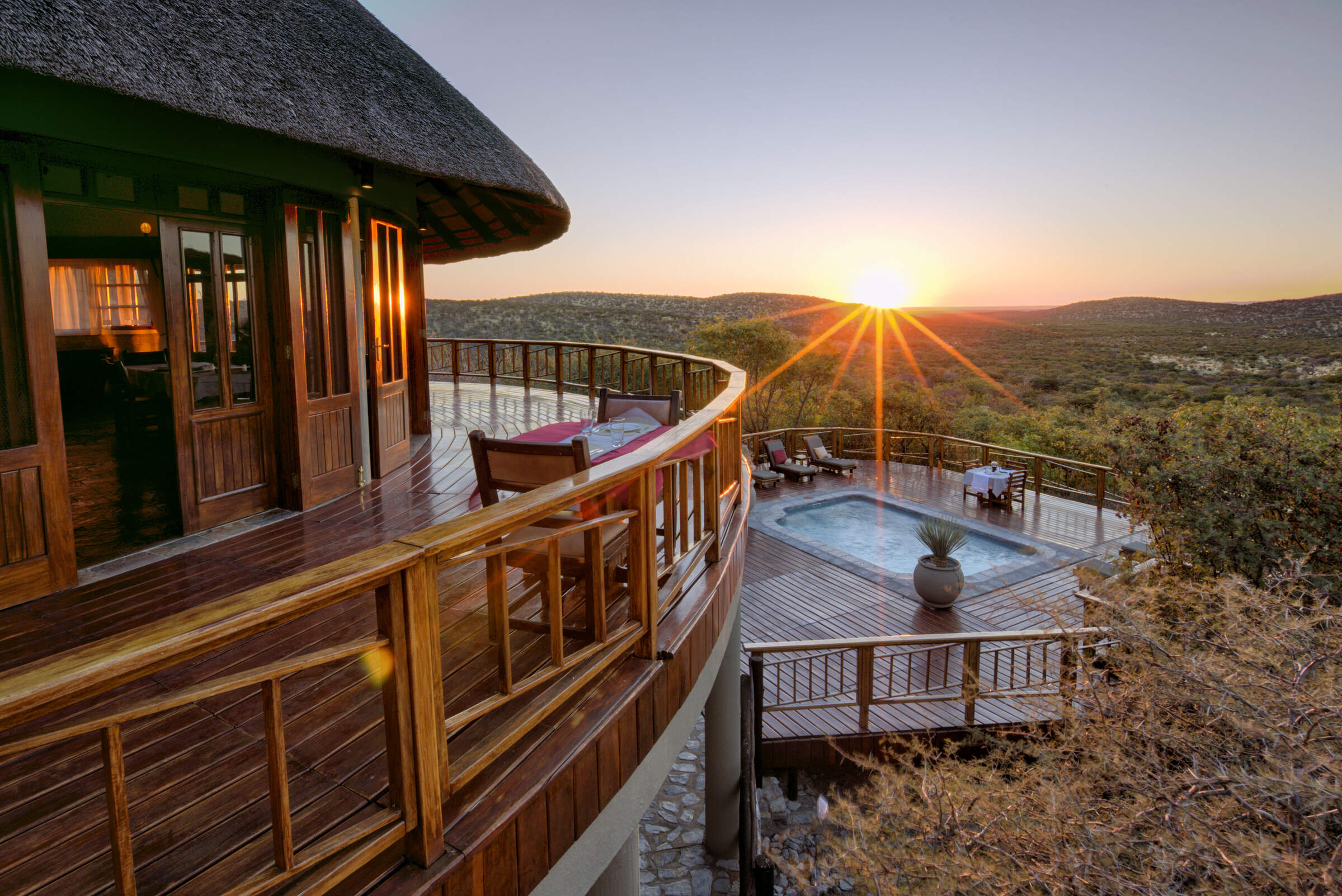
Mountain Lodge
In the heart of the private Etosha Heights Reserve, the family-friendly Mountain Lodge offers game drives and bush walks within an exclusive environment.
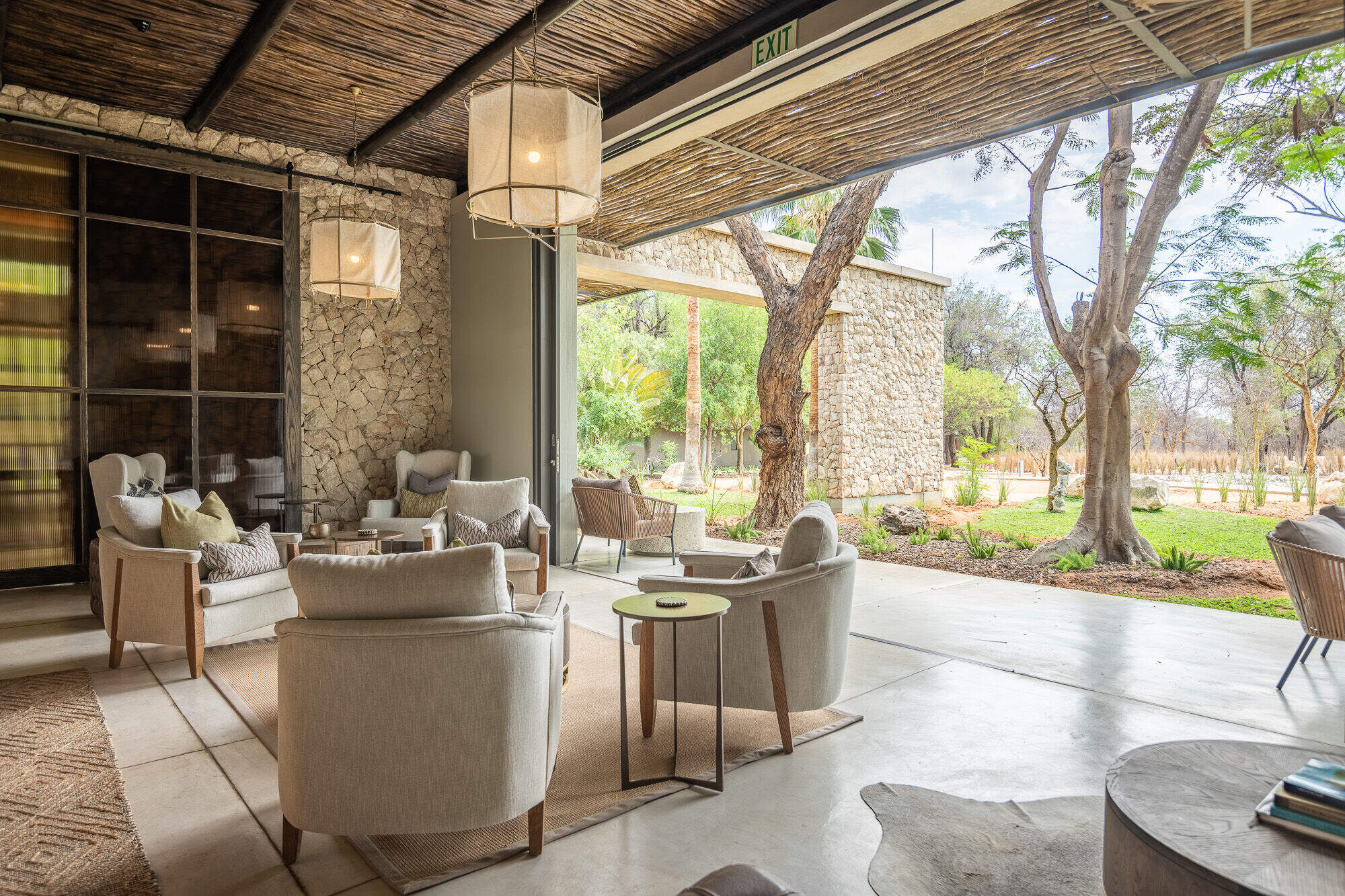
Mokuti Etosha Lodge
With 106 rooms, child-friendly Mokuti Etosha Lodge is more like a hotel than a lodge. Facilities to include a gym, spa, tennis courts and even a snake park.
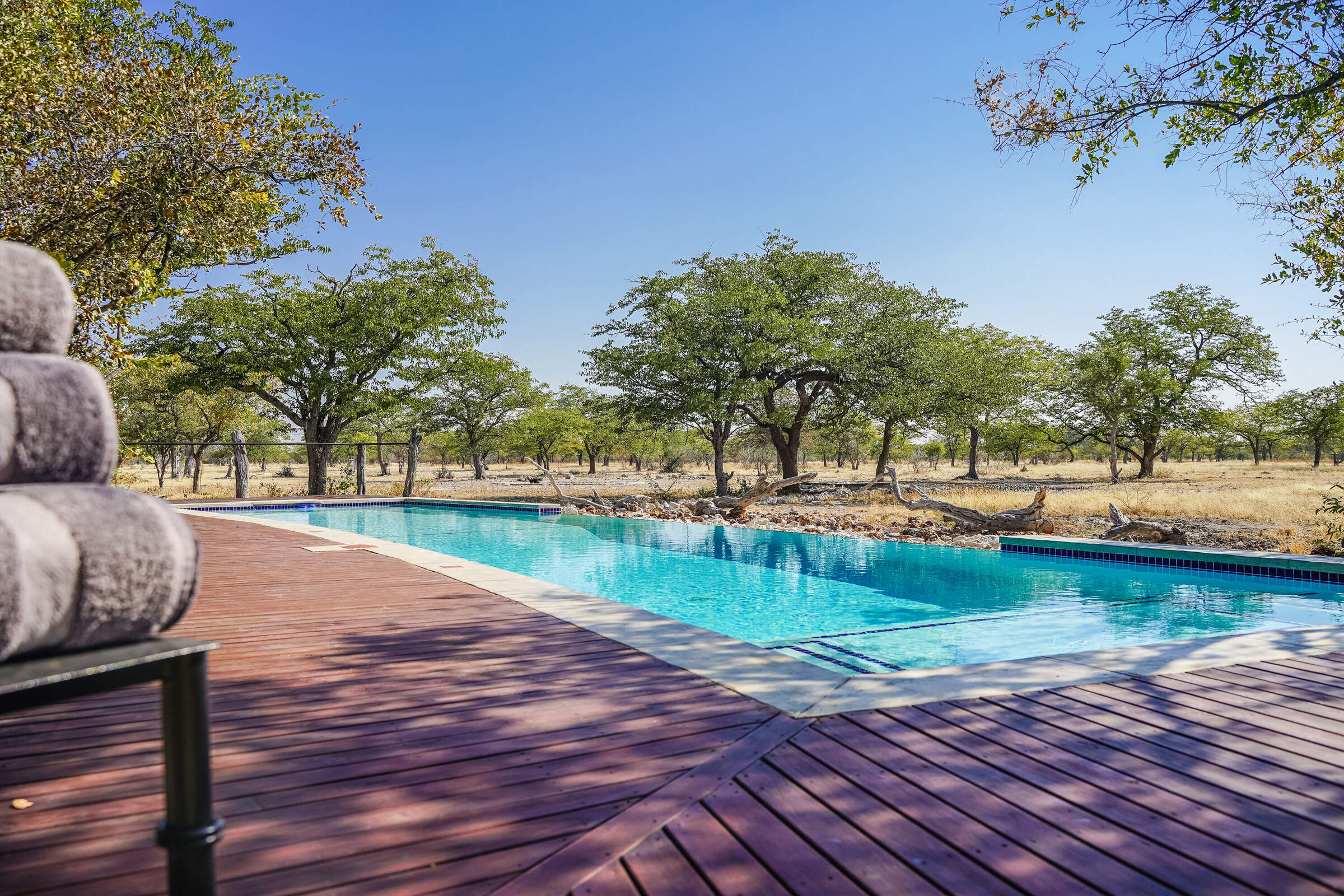
Etosha Oberland Lodge
A short drive from Etosha National Park's southern entrance, Etosha Oberland Lodge is a very comfortable base from which to explore the park, with excellent food.
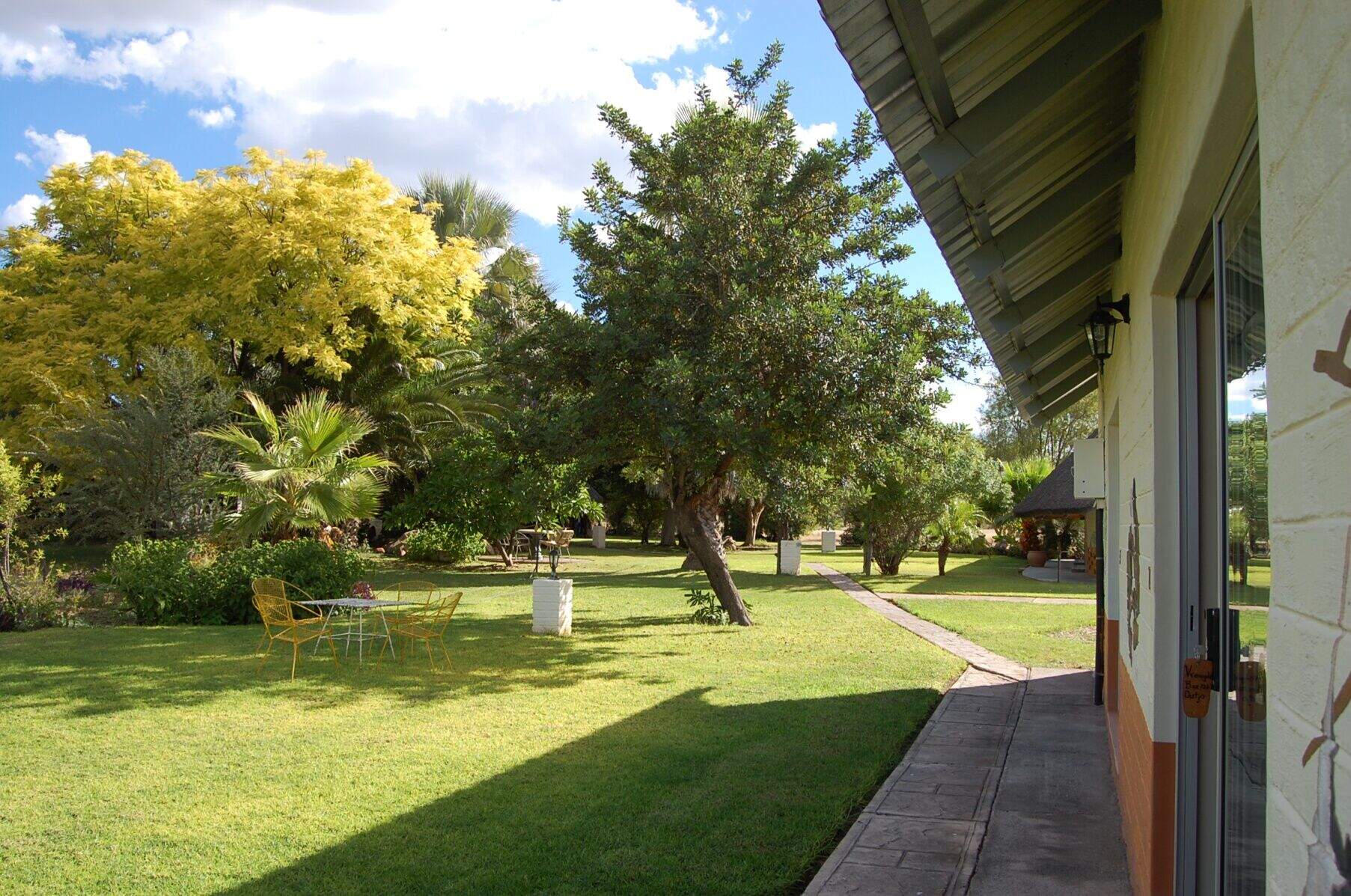
Vreugde Guest Farm
Vreugde Guest Farm is a delightful owner-run and working sheep farm where you can expect a warm welcome and charming hospitality.
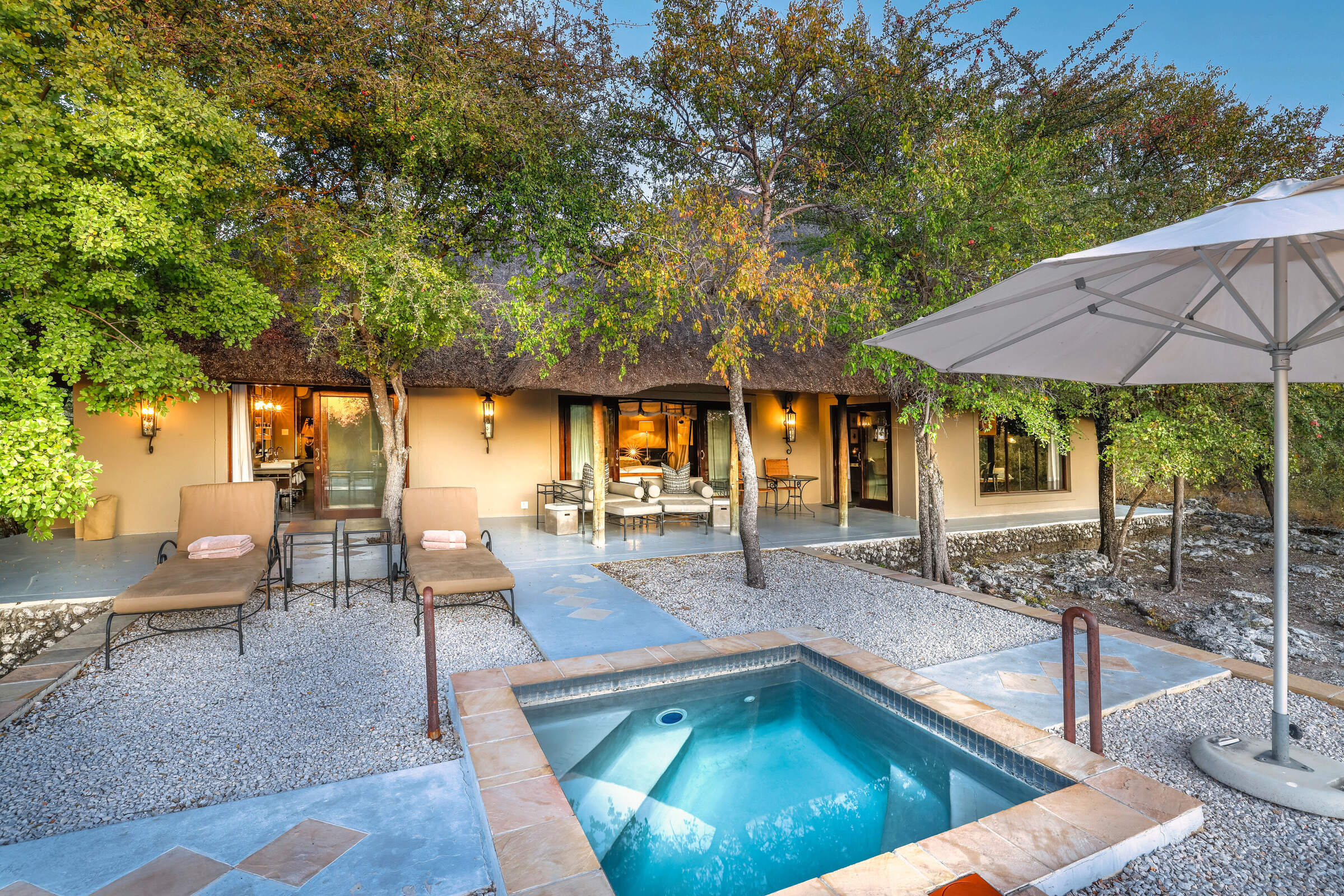
Villa Mushara
Offering luxury on a peaceful private reserve close to Etosha, Villa Mushara is a great choice for honeymooners & those wishing to indulge themselves.
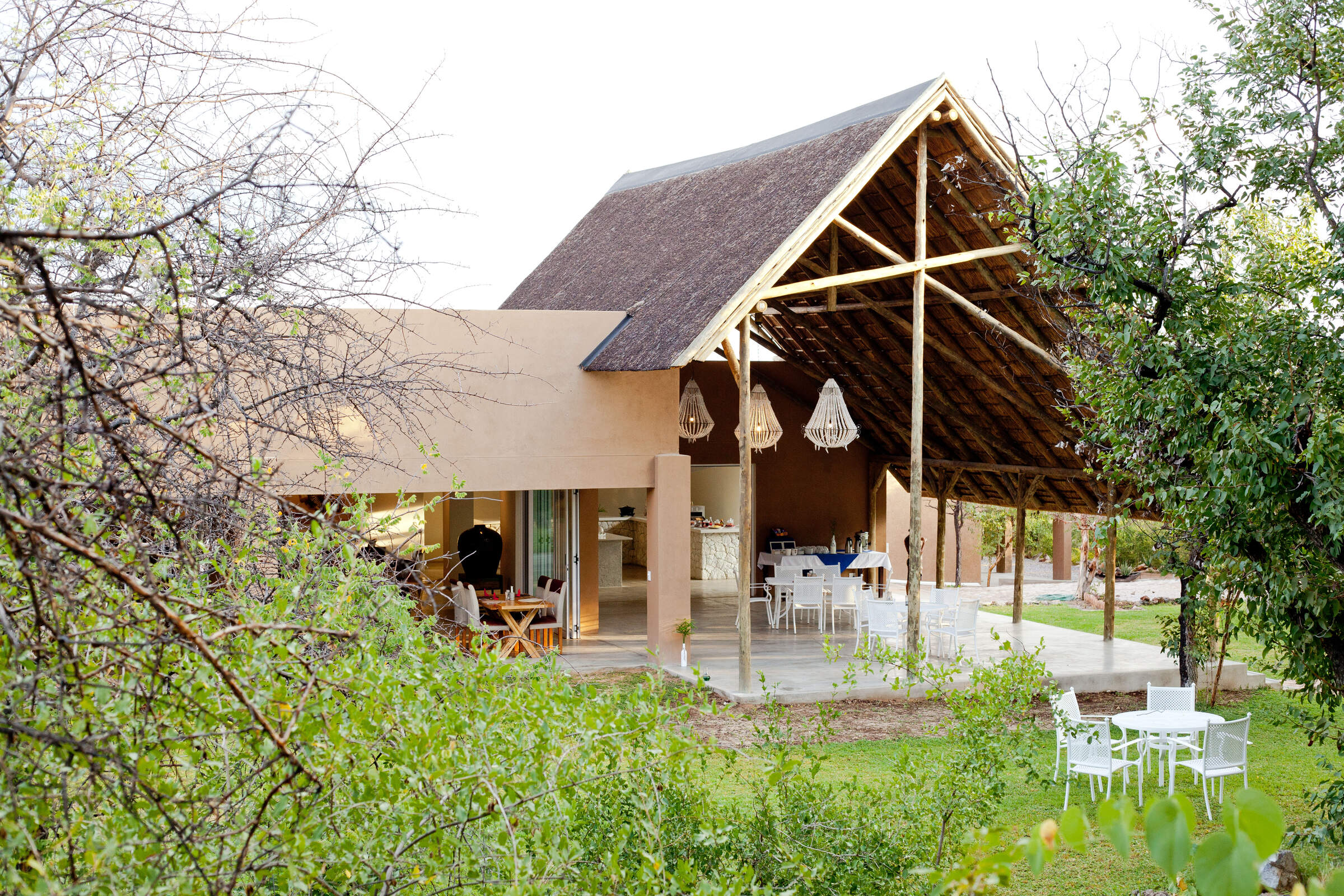
Toshari Lodge
Smart and professionally run, the hotel-style Toshari Lodge is well-placed for self-driving in Etosha National Park.
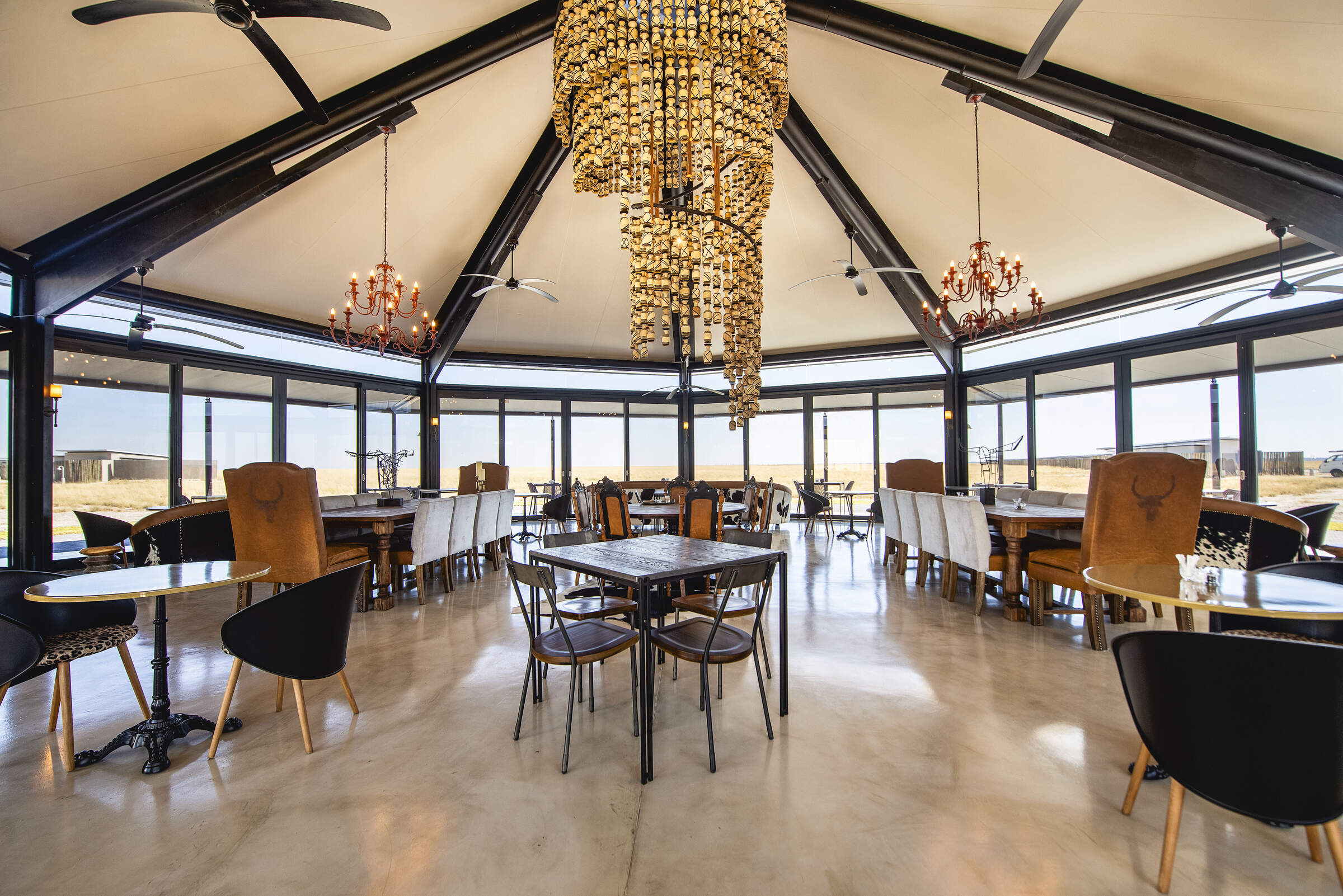
Etosha King Nehale
A short drive from the national park's northern entrance, Etosha King Nehale Lodge is an interesting and comfortable base from which to explore the park.
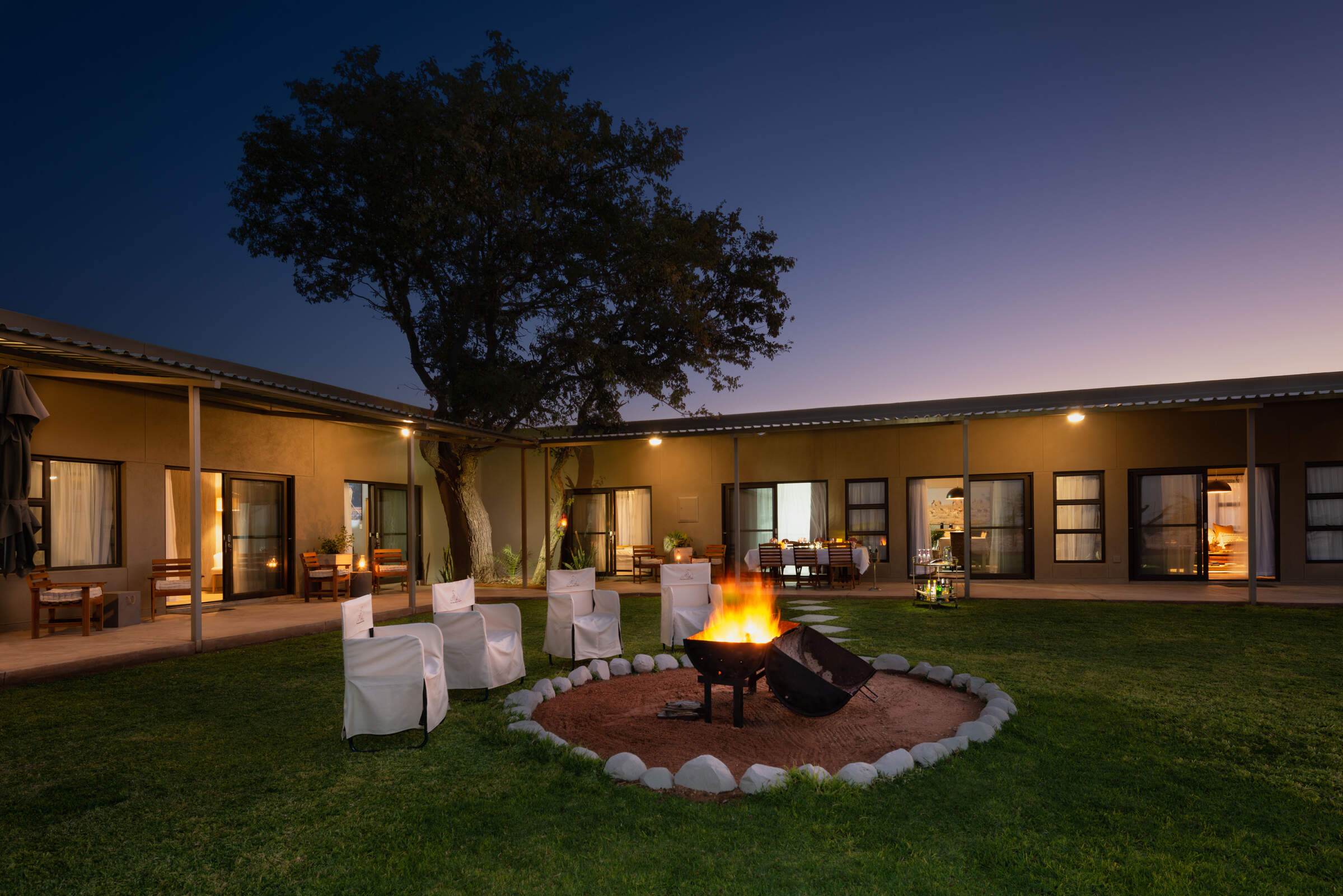
Safari House
The private Safari House on the Etosha Heights reserve is a great option families or friends travelling together.
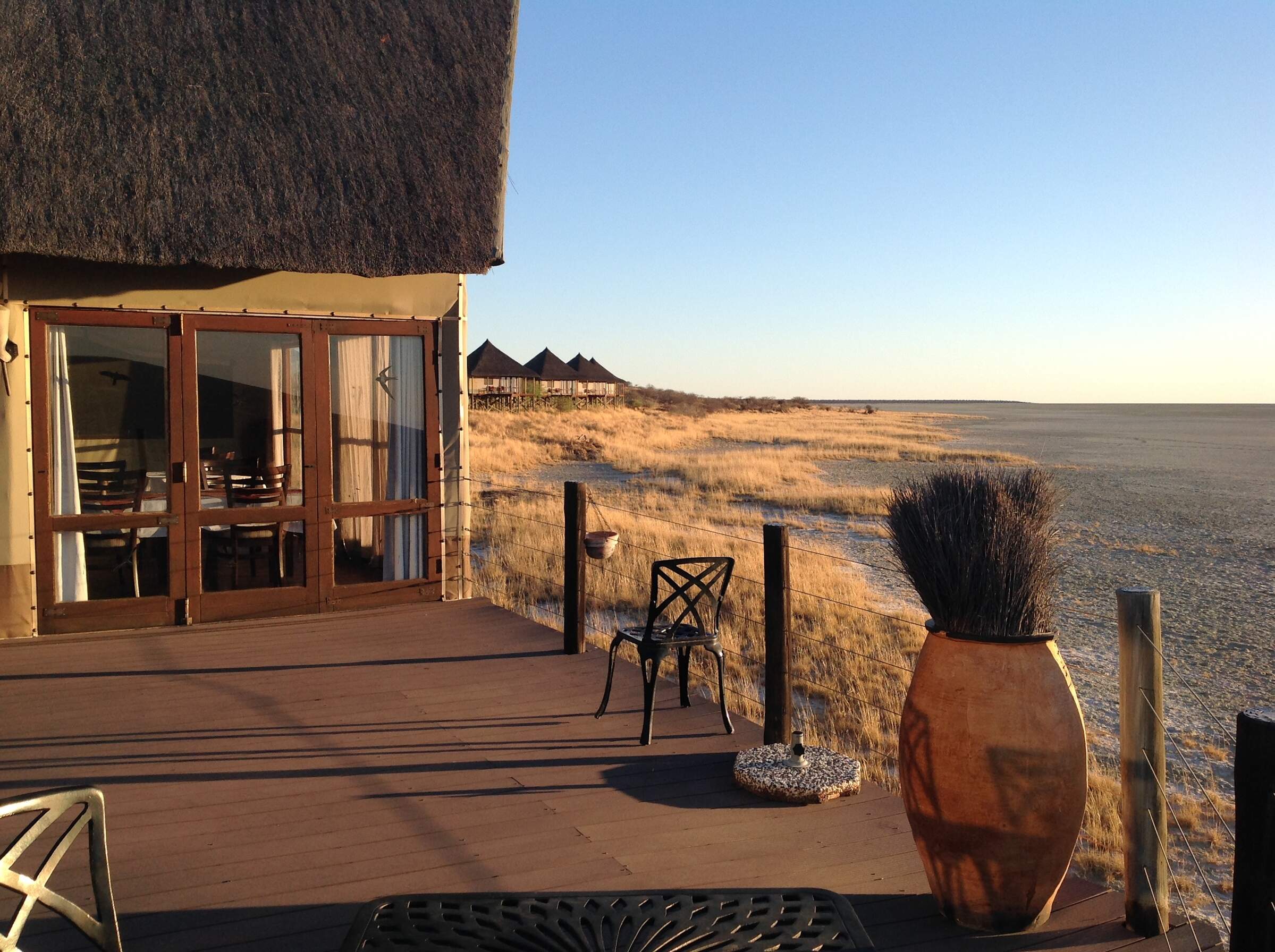
Onkoshi Camp
Onkoshi Camp is owned and run by Namibia Wildlife Resorts. Built on elevated wooden platforms it overlooks Etosha Pan.
When to go to Etosha National Park
Our month by month guide: What it's like to visit Mushara Lodge in Etosha National Park
Jan
Feb
Mar
Apr
May
Jun
Jul
Aug
Sep
Oct
Nov
Dec
Etosha National Park in January
January marks the start of Etosha's main rainy season. The Etosha Pan, usually a vast expanse of white clay, may partially fill with water in good rainy season, attracting flamingos and other migratory birds. The landscape transforms into a lush green oasis, providing ample food for wildlife. Many animals give birth during this time, offering chances to see newborns.
While game viewing can be challenging due to dispersed wildlife and thick vegetation, birdwatching is excellent. Migratory species arrive and birds display breeding plumage. The Okaukuejo and Halali waterholes remain active, though less crowded than in dry months. Visitors should be prepared for occasional thunderstorms and potentially muddy roads, especially around Fischer's Pan.
The vibrant greenery and the presence of young animals make this a fantastic time for photography.
- Variable weather: hot, dry or humid with rain
- Occasional localised thunderstorms in Etosha
- Many animals with young; spectacular birdlife
- Wildlife dispersed, harder to see in Etosha
- Fewer tourists; low rates at most lodges
Our view
This is not a great time to visit
Weather in January
Etosha National Park in February
February is typically Etosha's wettest month. The Etosha Pan may be partially filled, creating a spectacular sight and attracting numerous waterbirds, including flamingos. The landscape is vibrantly green, with many animals raising their young.
While game viewing can be more challenging due to the abundance of water and vegetation, patient observers can spot a variety of wildlife, and share their sightings with fewer other visitors. Birdwatching is excellent, with many species in breeding plumage. The Fairy Tale Forest near Okaukuejo is particularly lush during this time.
Visitors should be prepared for occasional thunderstorms and potentially challenging road conditions, especially in the eastern part of the park. The lush environment and the presence of young animals provide a unique opportunity to witness the park's life cycle.
- Variable weather with occasional thunderstorms
- Bush feels alive; birdlife at its peak in Etosha
- Wildlife in Etosha dispersed, harder to spot
- A variety of newborn and young wildlife to see
- Few tourists; lowest rates for accommodations
Our view
This is not a great time to visit
Weather in February
Etosha National Park in March
As Etosha's main rains taper off, March offers a mix of wet and dry days. The landscape remains green and alive, with insects and smaller animals more easily seen, and many birds and animals are finishing raising their young.
The Etosha Pan may still hold some water, attracting flamingos and other waterbirds. Game viewing improves as the month progresses and animals start to herd together at permanent water sources. The Okaukuejo, Halali, and Namutoni waterholes become increasingly active.
Birdwatching remains excellent, with many migrant species still around. The Dolomite Camp area in the west offers good chances to spot rarer antelope species like black-faced impala.
The transition from wet to dry conditions provides a fascinating glimpse into the park's seasonal changes.
- Weather variable; thunderstorms less frequent
- Animals well-fed after months of abundance
- Wildlife in Etosha still dispersed, harder to see
- Migrant birds prepare to leave the park
- Few visitors; rates often low at Etosha lodges
Our view
A good time to visit, with pros & cons
Weather in March
Etosha National Park in April
April typically sees dry weather dominating in Etosha, with decreasing chances of rain. The landscape remains relatively green, and animals are in excellent condition with shiny coats. Increasing numbers of elephants seen as the herds begin to use the permanent water sources. The Okaukuejo waterhole becomes particularly active, especially in the evenings.
Photographers benefit from clear air and lush, green backdrop. Night drives from camps like Halali offer chances to see nocturnal animals. Birdwatching remains good, though some migratory species begin to depart, and the Fischer's Pan area can still be productive for waterbirds if there's residual water from the rainy season.
The shift towards drier conditions improves the chances of wildlife sightings.
- Becoming drier and cooler, especially at night
- Few visitors except around Easter; low rates
- Wildlife in Etosha still relatively spread out
- Migrant birds have largely left the park
- Fresh air and often green landscapes in Etosha
Our view
A good time to visit, with pros & cons
Weather in April
Etosha National Park in May
May marks the transition to Etosha's dry season. The landscape starts to dry out, but may still retain some greenery. Wildlife increasingly gathers around permanent water sources, making game viewing more predictable. The Okaukuejo, Halali, and Namutoni waterholes become excellent spots for animal observation – especially when floodlit after dark. Night drives offer opportunities to see nocturnal species like leopards and owls.
The Etosha Pan is usually dry, creating a stark, shimmering backdrop for photography. Birdwatching remains good, with 340 different species recorded in the park. The western part of the park, accessible from Dolomite Camp, offers chances to see rarer species like black rhino in a less frequently explored environment. The dry season's onset brings a new rhythm to the park's wildlife dynamics.
- Lovely weather: dry, warm days & cool nights
- Etosha drying out; landscapes still partly green
- Fantastic air clarity; ideal for photography
- Visitor numbers low; lodge rates still low
- Wildlife starting to gather at Etosha waterholes
Our view
A very good time to visit
Weather in May
Etosha National Park in June
June brings cooler temperatures with clear skies to Etosha. The landscape is drying out, encouraging animals like elephants, rhino and giraffe to waterholes. This makes for excellent game viewing, especially at popular spots like Okaukuejo and Halali. Night drives on private Etosha reserves, like Ongava, are particularly productive.
The dry Etosha Pan creates mirages and a unique backdrop for photography, perhaps a lone ostrich crossing the stark salt crust. Birdwatching remains rewarding, with bright colours standing out in drier vegetation. The Namutoni area, with its fort, provides a mix of wildlife viewing and historical interest.
Cooler temperatures making walking safaris enjoyable in Etosha’s adjacent wildlife reserves, like Etosha Heights.
- Clear days, cold nights in Etosha National Park
- Great air quality; perfect for photographers
- Moderate lodge rates; shoulder season begins
- Wildlife gravitates to Etosha's waterholes
- Some greenery remains in parts of the park
Our view
A very good time to visit
Weather in June
Etosha National Park in July
July is prime time for wildlife viewing in Etosha as animals, in particular predators, are more active later in cool mornings and earlier in the afternoons. The dry landscape concentrates animals around waterholes, making for predictable and spectacular sightings. The Okaukuejo waterhole is particularly active, especially at night when black rhinos often visit and jostle for position with elephants.
The stark white Etosha Pan creates a unique backdrop for photography, with heat mirages shimmering on the horizon.
The dry season's peak offers unparalleled wildlife viewing opportunities. Game drives along the southern edge of the pan offer excellent opportunities to see large herds of zebra, wildebeest, and antelope. Birdwatching is rewarding around waterholes, with species like eagles and vultures frequently sighted.
- Dry days, crisp nights; excellent for stargazing
- European holidays begin; more families visit
- Peak season; high rates, lodges often full
- Fantastic wildlife watching
- Animals concentrate around Etosha waterholes
Our view
A very good time to visit
Weather in July
Etosha National Park in August
August is the height of the dry season in Etosha, offering excellent wildlife viewing opportunities. Animals concentrate around waterholes, with a variety of predators and prey often seen at any one time. Night viewing at the more secluded yet floodlit waterhole at Halali is often rewarded with sightings of shyer leopard and porcupine.
The dry season's intensity brings wildlife into sharp focus. The open plains along the edge of the Etosha Pan are good for seeing large herds of zebra and wildebeest, and often cheetah too. Predators often lie in wait for their prey near waterholes offering sightings of hunts to patient game viewers.
Birdwatching remains rewarding, with raptors like bateleur and martial eagles frequently sighted.
- Dry days, cold nights; clear skies in Etosha
- Busy by Namibian standards; family rooms full
- Peak season; high rates, advanced booking needed
- Excellent wildlife viewing in Etosha National Park
- Large herds gather at Etosha's waterholes
Our view
Fantastic: the very best time to visit
Weather in August
Etosha National Park in September
September offers peak wildlife viewing in Etosha. The extreme dry conditions concentrate animals around waterholes, making for spectacular sightings of multiple species. The Okaukuejo waterhole is particularly active, with elephants, rhinos, and lions frequently visiting.
The last months of the dry season showcases the park's wildlife at its most concentrated. The stark landscape of the dry Etosha Pan creates dramatic backdrops for photography. Game drives along the pan's edge offer chances to see large herds of zebra, springbok, and oryx as well as lion prides and cheetah. The western part of the park, accessible from Dolomite Camp, often provides a more exclusive safari experience with good rhino sightings. Night drives on adjacent private reserves like Hobatere offer opportunities to see nocturnal animals such as genets and aardwolves.
Birdwatching is excellent, with species standing out clearly in the sparse vegetation.
- One of the best months for Etosha wildlife viewing
- Warm days, cold nights; temperatures rising
- Colourful birds stand out against a starker backdrop
- Etosha's waterholes teem with diverse wildlife
- High season; book Etosha accommodations early
Our view
Fantastic: the very best time to visit
Weather in September
Etosha National Park in October
October is typically Etosha's hottest and driest month, offering excellent wildlife viewing. The intense heat and dry conditions heighten the drama of wildlife interactions.
Animals concentrate heavily around waterholes, with spectacular sightings common at Okaukuejo, Halali, and other permanent water sources. Patient photographers spending time at waterholes are richly rewarded. Large herds of zebra, wildebeest, and various antelope species can be seen along the pan's southern edge. Predator sightings, including lions and cheetahs, are frequent as they target gathered and weakened prey. Thinning vegetation at Namutoni makes it easier to spot the dimunitive Damara dik dik – Namibia’s smallest antelope.
Birdwatching remains rewarding, with raptors and colourful rollers often spotted.
- Peak wildlife-viewing month in Etosha National Park
- Hot and dry; Etosha feels like a desert
- Air can be hazy with dust in some areas
- Peak time; expect high season rates in Etosha
- Etosha lodges often full, especially early October
Our view
A very good time to visit
Weather in October
Etosha National Park in November
November marks the transition to Etosha's rainy season, bringing change to the landscape and wildlife behaviour. Early rains may green the vegetation, dispersing some wildlife from waterholes. However, game viewing remains good, especially around permanent water sources like Okaukuejo and Halali’s floodlit waterholes.
The first rains can create dramatic scenes as animals celebrate the water's arrival, with plains game often giving birth. Predators often give birth at this time too, to coincide with the time of plenty. Migratory birds begin to return, and birds take to the skies in spectacular aerial shows as they catch more active insects.
Seasonal wildflowers and dramatic, thundery skies add interest to photographic compositions. Summer rains bring reptiles such as tortoises and chameleons out into the open. The onset of rains brings a refreshing change to the park's ecosystem.
- Variable month in Etosha, depending on rains
- If rain comes, explosion of vegetation and life
- Baby animals often born around mid-month
- Shoulder season; mid-range rates offer value
- Showers more likely later in the month in Etosha
Our view
A good time to visit, with pros & cons
Weather in November
Etosha National Park in December
December is often a drier month before January sees the main rainy season begin. The landscape begins to show green from November's rain and the odd rainshower in December. Many animals have young, so there’s the chance to watch frolicking calfs and lambs.
The combination of rainfall and sunshine rejuvenates the park's landscapes and wildlife. While wildlife disperses away from the waterholes with increased water availability, game viewing remains good, especially on the open plains along the southern edge of Etosha Pan. Birdwatching is excellent, with many species in breeding plumage and displaying for mates as well as migrant species arriving.
Visitors should be prepared for occasional thunderstorms and potentially muddy roads, especially in the eastern part of the park.
- Hot, sometimes humid with cooling showers
- Landscapes green where rain has fallen in Etosha
- New life and energy in the park's ecosystem
- Excellent for birdwatchers in Etosha
- Larger animals may be harder to spot
Our view
This is not a great time to visit
Weather in December

Looking for inspiration on where to travel next?
Visit our trip chooser to explore your options and find inspiration for your perfect African adventure
Inspire me